*This review was originally base on a pre-production GH5S with firmware 0.2. This is now updated after testing with firmware 1.0
Was it just last week when I went to Sydney to attend the Panasonic G9 launch event? Actually it was about two months ago but I certainly feel like it was just a week ago when the new Panasonic flagship camera was launch. And today I’m reviewing another new flagship camera from Panasonic, introducing the Panasonic Lumix GH5S.
I’m assuming most of you who are reading this review would already know quite a bit about the GH5, so to keep this review short, I’m not going to go through every single feature of the GH5S. I’ll only briefly talk about some of the key features that are inherited from the GH5 and my main focus will be on GH5S’s features, improvements and surprisingly some downgrades when compared to the GH5.
Body Design and Build Quality
The Panasonic Lumix GH5S is made of magnesium alloy and it is freezeproof (-10c/14F) splash proof and dust proof just like the GH5. After seeing a lot of design changes and tweaks on the Lumix G9, I was expecting to see some could arrive on the GH5S. But apart from two really minor cosmetic changes, the red video record button and the G9 style red ring drive mode dial, the Panasonic Lumix GH5S’s body is pretty much identical to the GH5. No changes in buttons layout, grip design . Even the feeling when clicking the button is the same as the GH5 (i.e. not the more mushiness one like G9 which I prefer more).
The same body design is great for existing GH5 users as it means you can share or transfer your GH5 accessories, cages, custom mount to the GH5S easily.
The GH5S has dual SD slots just like the GH5. Both are high speed UHS II / v90. You can also find the 3.5mm mic jack, 3.5mm headphone jack, full size HDMI socket, USB 3.1 socket at the side of the camera. The 3.5mm mic jack can now also take Line Input as well while the flash sync port at the front can also be used to as TC (Time Code) IN/OUT Terminal. A BNC conversion cable is bundled with the camera.
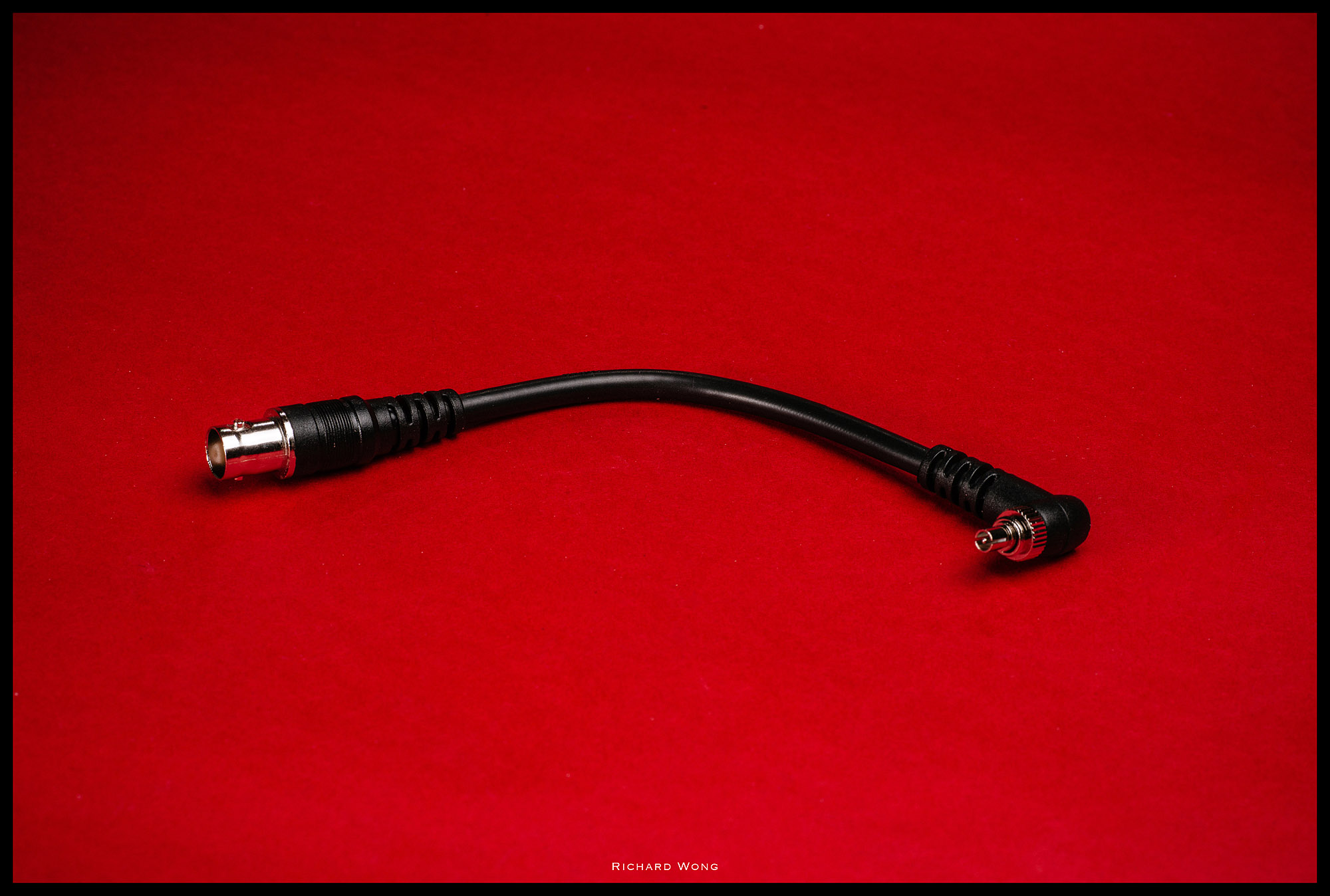 You can sync your GH5S’s timecode easily with multiple cameras.
You can sync your GH5S’s timecode easily with multiple cameras.
If you need XLR audio input, you can use the same optional DMW-XLR1 XLR microphone adaptor as the GH5.
The GH5S weights 660g with memory card and battery, which is 65g lighter than the GH5. It’s quite a bit of weight saving consider the two cameras have the same body design. I’m guessing the weight saving mainly comes from the lack of in-body stabiliser which I’ll talk about later in this review.
The electronic viewfinder on the GH5S is almost identical to the one on the GH5. 3,680k-dot resolution OLED display, 21mm eyepiece and 0.76x (35mm equiv.). It is very decent and comfortable to use but it is not as large as the one on the G9. However, the maximum refresh rate is now increased to 120 fps just like the G9, which is silky smooth.
Image Sensor
The biggest difference between the GH5 and GH5s has to be it’s 10.2MP image sensor, which is dramatically lower resolution than any recent micro four thirds camera from both Panasonic and Olympus.
When Panasonic originally launched the GH series, the GH1 and it’s successor GH2 both have an oversized multi-Aspect sensor in it. But after that,Panasonic has gone back to the normal size micro four thirds sensor since GH3.
The difference between the multi-aspect sensor and normal sensor is that with the normal sensor (like the one on GH5 or G9), if you are shooting anything apart from 4:3 aspect ratio (which is the standard micro four thirds sensor aspect ratio), you are basically just cropping the output. While with an oversized multi-aspect sensor, the width of the sensor increases when you are shooting in wider aspect ratio. There are two main disadvantage when shooting in wide aspect ratio with the normal micro four thirds sensor (or any sensor really, APS-C, full frame):
- You are using a smaller sensor area when you are shooting in anything apart from the native (4:3) aspect ratio, which means lower output resolution, lower picture quality.
- The effective focal length changes when you are shooting in different aspect ratio. For example, a 24mm lens would become roughly 25mm when shooting in 3:2 mode, and 26mm when shooting in 16:9 mode.
But the good news is, after 7 years, the oversized multi-aspect sensor is now back with the GH5S! Because of that, when you are shooting in 16:9 aspect ratio (i.e. most video format), the sensor area used for recording on the GH5S would be almost 20% larger sensor area than GH5. This improves the image quality and low light performance. It also means with the same lens, you’ll have same focal length when shooting in different aspect ratio.
On the down side, the oversize multi-aspect sensor probably comes with one pretty major drawback which I’ll mention a bit later.
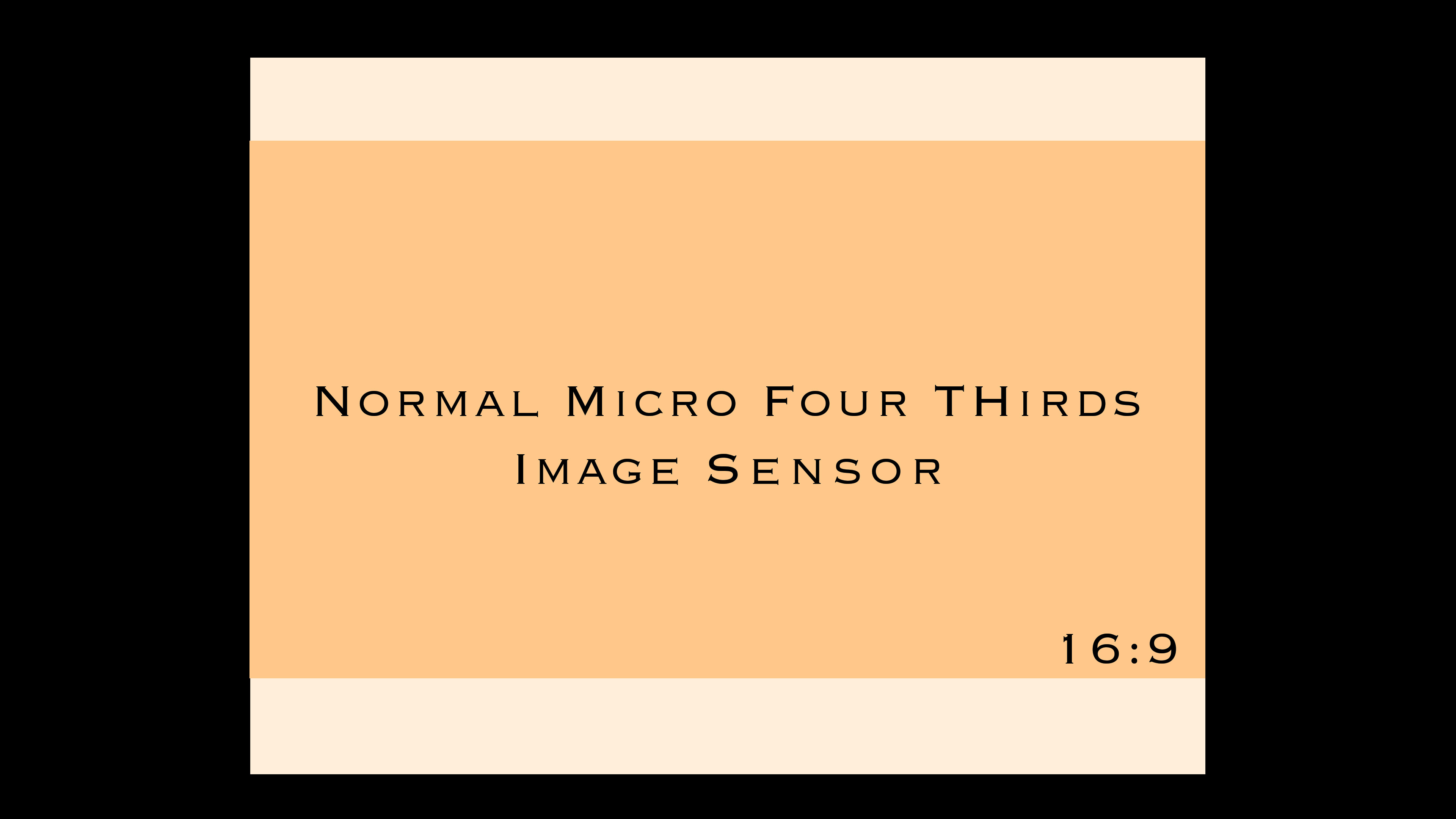
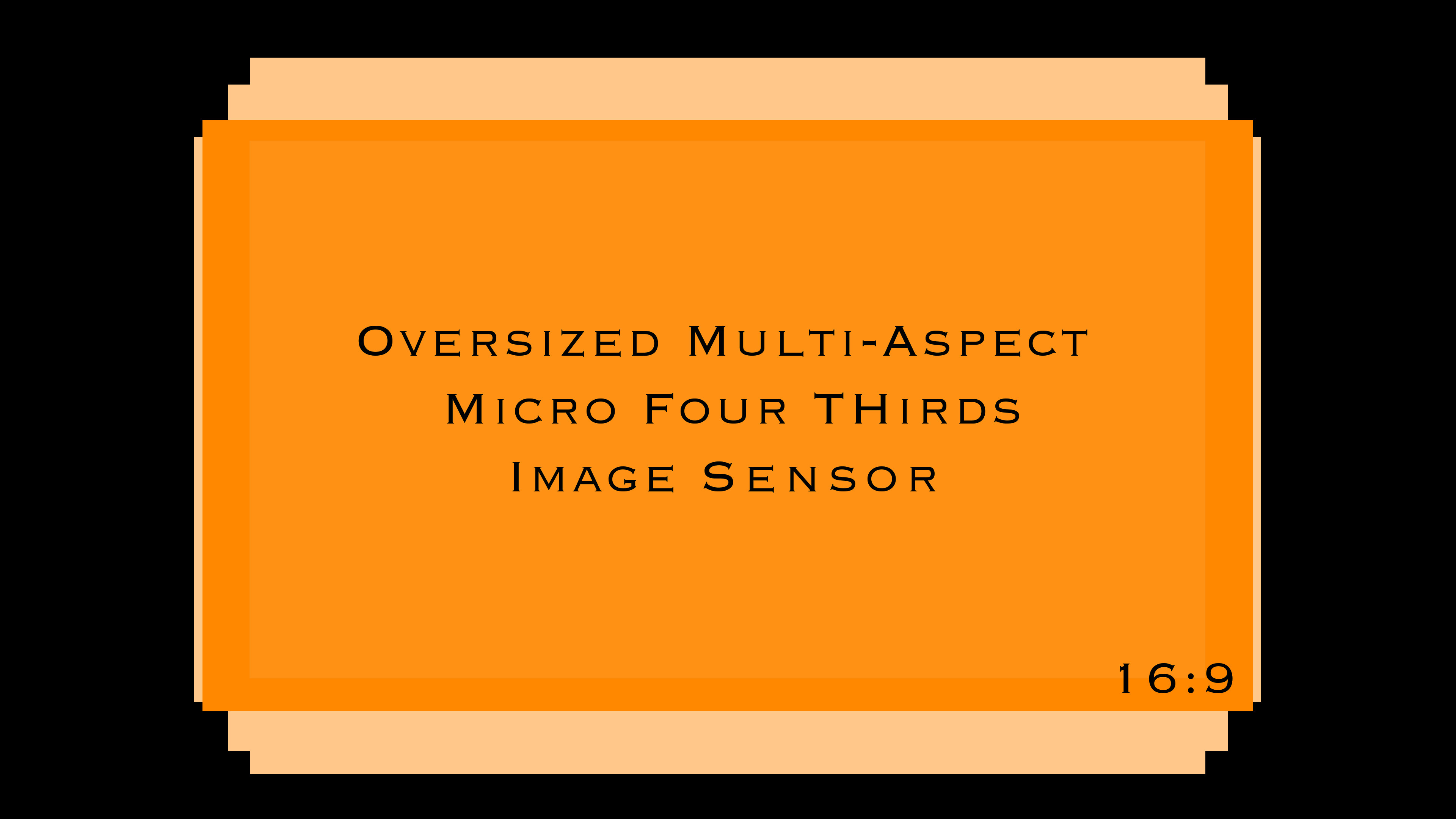 With the oversized multi-aspect sensor, the sensor area is now about 20% larger when you are shooting in 16:9 mode
With the oversized multi-aspect sensor, the sensor area is now about 20% larger when you are shooting in 16:9 mode
Another new feature with this 10.2MP sensor is that it has the Dual Native ISO design. It’s actually not really a new thing as Panasonic has been doing this to their high end camcorder for a while (Varicam35, EVA1). Basically what it means is, for each pixel on the sensor, there are two dedicated circuits each optimised for different sensitivity. There is a low ISO circuit and a high ISO circuit and the circuit affects the readout from the sensor before the gain amplifier.
The low ISO circuit is enabled when shooting at any ISO below 800 (or below 1250 when shooting slow motion video). Anything above that, the high ISO circuit will be used instead to give better high sensitivity image quality.
The maximum native ISO is now 51200, and can be extended to ISO 204800 . This is 8 times or 3 stops higher than GH5’s maximum ISO 25600!
The minimum native ISO is also dropped from ISO 200 to ISO 160. This is certainly great as most manufacturer seems to only focus on increasing the high ISO limit these days and not very often you see the minimum ISO being decreased.
The GH5S is also the first micro four thirds camera that can output 14bit RAW files. All the previous micro four thirds cameras from Panasonic and Olympus can only output maximum 12 bit RAW files. In theory, the 14 bit RAW files should capture more colour/brightness information and therefore give you better image quality and headroom for post-processing. Unfortunately I don’t have any RAW reader to examine the RAW file when I’m writing this review, so I can’t really tell you how much difference the 14 bit RAW output gives you compare to the 12 bit RAW on the GH5S.
But hopefully with the 14 bit RAW and wider ISO range means the camera’s dynamic range is also increased.
When shooting in burst mode and output to 14 bit RAW files, the GH5S can shoot at 11fps in AF-S mode, and 7fps in AF-C mode. Output to 12 bit RAW files, and speed increases to 12fps in AF-S mode and 8fps in AF-C mode.
For some reason, the original GH5, despite it has a higher resolution sensor, can actually shoot at slightly faster 9fps when in AF-C mode. Maybe it has something to do with the difference in autofocus system?
RAW buffer size is at least 60 frames.
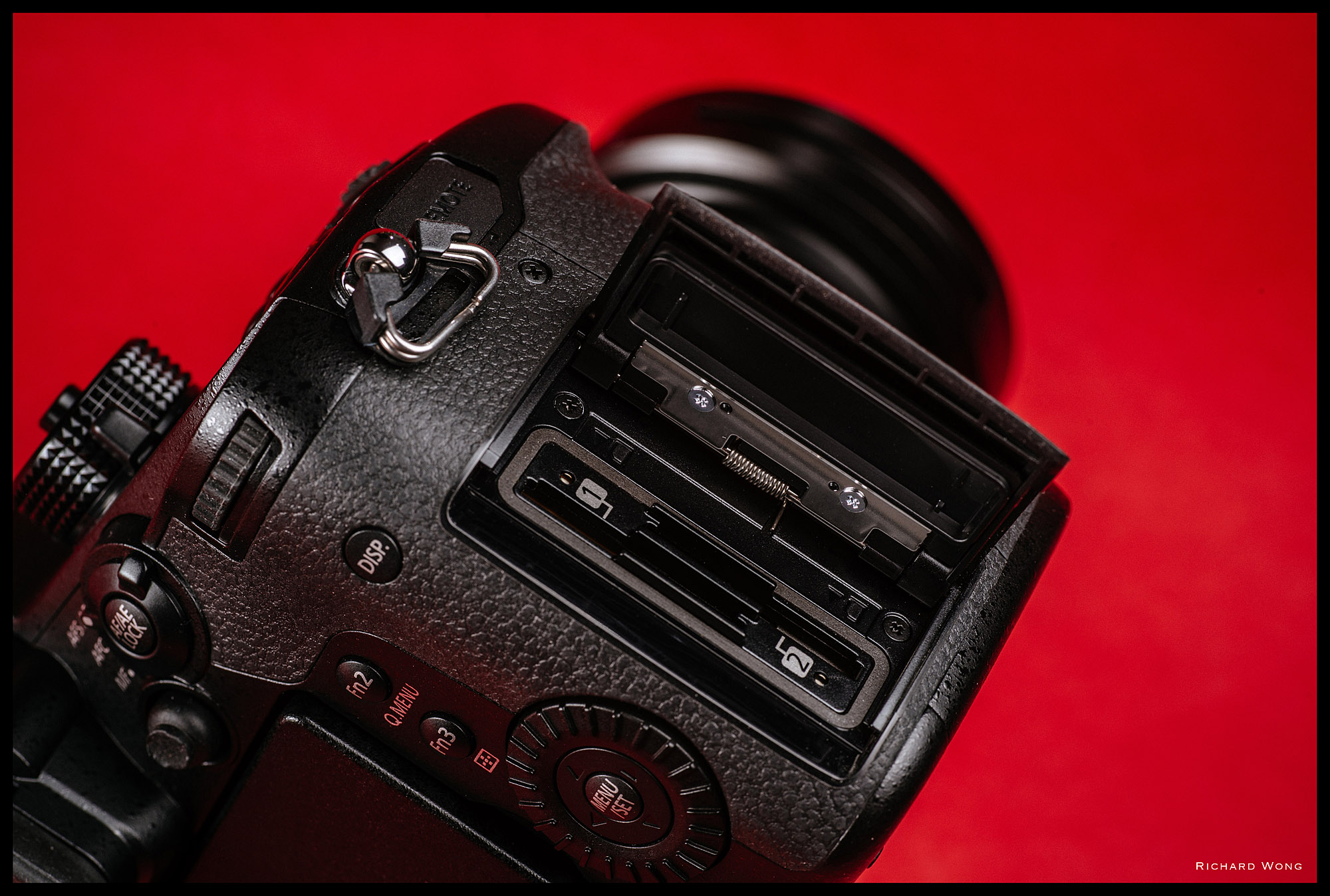 Dual SD card slot, and both are high speed UHS-II / v90
Dual SD card slot, and both are high speed UHS-II / v90
 Red means fast, or maybe high ISO?
Red means fast, or maybe high ISO?
Image Quality
As RAW reader is not yet available when I’m writing this review, all the analysis in this review are based on JPGs created by the camera.
At base and low ISO, the JPG image quality is excellent. The dynamic range appears to be quite good and the “Panasonic colours” is really getting better and better as you can see from the samples in this review (they are all camera JPGs with minimal adjustments)
Up to ISO 3200, image quality remains decent and there is minimal image degradation even when you examine the photos at 100%.
From ISO 6400 onwards, the camera’s JPG engine starting to apply stronger noise reduction and you can see minor details start disappearing when you examine photos at 100% zoom. But unless you need to print out your photos to large size, ISO 12800 is still quite usable and doesn’t look too bad even when I view them at full screen on my 15” Macbook Pro.
At ISO 51200, the image quality drops quite a lot even when compare to ISO 12800. It’s barely useable but for small output like social media or if I can convert to black and white, I would still shoot at this pretty high ISO.
The two extended ISO 102400 and 204800 are really reserved for really really dark condition and when there is no other way you can take the photo. In other words, keep it below 51200 if possible.
But think about it, ISO 51200 or maybe even just ISO 25600 from a micro four thirds sensor is still pretty damn impressive.
And compare it with the GH5, I would say there is a bit over 1 stop improvement in high ISO image quality.
Below are photos comparing the high ISO performance between GH5S and GH5. They are all unedited JPG straight out of camera
At each ISO: top row is the full photo bottom row: 100% Crop (GH5 JPG normalised to GH5S resolution)
Video Quality
4K videos from the Lumix GH5S look amazing and frankly I wouldn’t expecting anything less from Panasonic. When I examine the output from the GH5S and GH5 side by side, sharpness, colours are very similar at least from the 8 bit output.
I have also compared the 8bit 4K video quality between the GH5S and GH5 at different ISO. From base ISO all the way to maximum ISO. I would say at higher ISO, the GH5S video look noticeable better than the video from the GH5. The GH5S can go approximately 2 stops higher ISO and still can output very similar video quality as the GH5.
For example, the video I shot at ISO 51200 with the GH5S looks almost as good as the video I shot at ISO12800 with the GH5. That is definitely very impressive and the improvement seems to be more than JPG photos. It may be because of the multi-aspect sensor which gives a larger sensor area (approx 20%) when shooting in 16:9 mode.
While the almost 2 stop improvements in high ISO performance still doesn’t mean the GH5S can beat some of the full frame low light monsters, the difference between them is now much much smaller.
It’s hard to find any camera from other brands that outputs better quality 4K video and so many high end feature at similar price.
Rolling Shutter / Readout Speed
The Panasonic Lumix GH5S’s readout speed isn’t too bad at all. You wouldn’t notice any rolling shutter issue when shooting normal videos even when you are panning or moving. The only time you’ll notice rolling shutter is when you are panning the camera at ridiculous speed or travelling on a very high speed vehicle and point the camera outside and there are vertical lines outside the vehicle at close distance.
I did some rolling shutter performance comparison with the GH5, which also has pretty decent readout speed. I mounted the two cameras side by side on a bracket, and then I panned the camera at really high speed, something we normally wouldn’t do when filming videos.
Checking the output footage and I would say the two camera have very similar readout speed, but the GH5S seems to have slightly better rolling shutter performance. It’s not a huge difference but when I measure the angle of the vertical line in the test videos, I keep getting slightly smaller angle from the GH5S video. For example, the maximum angle is about 10 degree angle with the GH5, while the GH5S is about 8 degree. So yes not really a huge improvement but still a good improvement anyway consider the GH5’s rolling shutter performance was not bad at all.
Autofocus
The GH5S has the DFD autofocus system and official autofocus speed is 0.07s. Note that the GH5 actually has the advanced DFD system with 0.05s autofocus speed. I’m not exactly sure why the GH5S has more basic and slower autofocus system, or at least on paper that’s what Panasonic told us.
When shooting photos in real life, I feel like I’ve repeated myself hundred times already as every time I do a Panasonic camera review, I would say the autofocus is just lightning fast and accurate. But just like I can’t tell any improvement in speed when testing the Panasonic G9, I also can’t tell if the GH5S is any slower than the GH5. They all feel super fast to me even when I’m shooting with both cameras side by side. So don’t worry too much about that 0.02s difference.
By the way, I noticed one interesting thing re the autofocus speed. I was trying to connect an external video recorder to see if I can record and compare the autofocus speed between the GH5S and GH5. And I noticed when I connect the HDMI port to an external device, the camera’s autofocus speed appears to drop quite a bit.
AF-C in photo mode also seems to work quite good and I got very good keep rate. I would say as good the G9. I guess the lower output resolution helps mask out any minor error in focus tracking.
 Bird Panasonic Lumix GH5S | Leica 12-60mm f2.8-4.0 | ISO160 f/4 1/16000s
Bird Panasonic Lumix GH5S | Leica 12-60mm f2.8-4.0 | ISO160 f/4 1/16000s
Panasonic said they have improved the low light autofocus performance and the GH5S can now autofocus down to -5EV. I definitely agree the GH5S can focus very well when I’m shooting at very dark area. Even when I’m shooting at places that are so dark that my eyes almost can’t see, the camera still manage to autofocus successfully even though quite a bit slower than normally.
When shooting video, the autofocus also seems to work very well as well. When I was reviewing the G9, I noticed the autofocus tracking in video mode seems to be faster and more accurate than the GH5, but I couldn’t do any side by side test to confirm as I didn’t have two copies of an identical lens. So this time I made sure I could do this and I’ve borrowed two copies of the Leica 12-60 f/2.4-6 lens and I shot a lot of videos with the GH5S and GH5 mounted on the same bracket side by side.
After spending lots of time comparing all the videos from both camera, I feel very comfortable to say the GH5S has noticeably better video tracking performance when compared to the GH5. (GH5S running pre-production firmware 0.2 GH5 running firmware 2.2)
GH5S’s focus tracking just seems to be more responsive, it pick up changes a lot quicker. And the most important thing is the consistency seems to be much better than the GH5. With the GH5, when it detects and tracks the subject, frankly I think it works not too bad. The problem is that every now and then, the camera would just take a nap and stop or take a long time to follow the subject. Now with the GH5S, while it is still not perfect, but the consistency is just so much better. The GH5S almost always can detect any changes in focus and adjust reasonably quickly and correctly afterwards. I also notice a lot less overshoot when it’s adjusting focus as well when compare to the GH5.
Check out my comparison video on youtube and see the difference yourself.
Panasonic Lumix GH5S vs GH5 vs G9 vs G85 Autofocus Test
In-body Image Stabiliser / Dual I.S.
Probably because of the oversized multi-aspect sensor, Panasonic can’t fit the in-body image stabiliser (IBIS) onto the GH5s anymore and so we have no in-body image stabiliser and there no Dual I.S. on the GH5S. Frankly I’m quite disappointed as Panasonic’s in-body image stabiliser (IBIS) and Dual I.S. has become so good since GH5 and even better with the G9. I remember at the GH5 launch event, I used the GH5 to shoot some video footage when I was on a really bumpy and high speed jetboat ride and the footage was amazing smooth. so not having IBIS on the GH5s makes me feel like it has lost one of GH5’s key feature.
In real life, when I’m shooting photos, probably because of the low output resolution, I could actually get away when shooting at pretty slow shutter speed. Shooting at 1/ effective focal length or even 1/ the lens focal length and I get close to 100% keep rate. And I can tell you my hands aren’t that stable. I feel a bit like back to Nikon D700 days, when I could shoot at some pretty slow shutter speed with no image stabilisation at all and still manage to get really sharp output. Lack of IBIS doesn’t really cause too much issue when I’m shooting still photos.
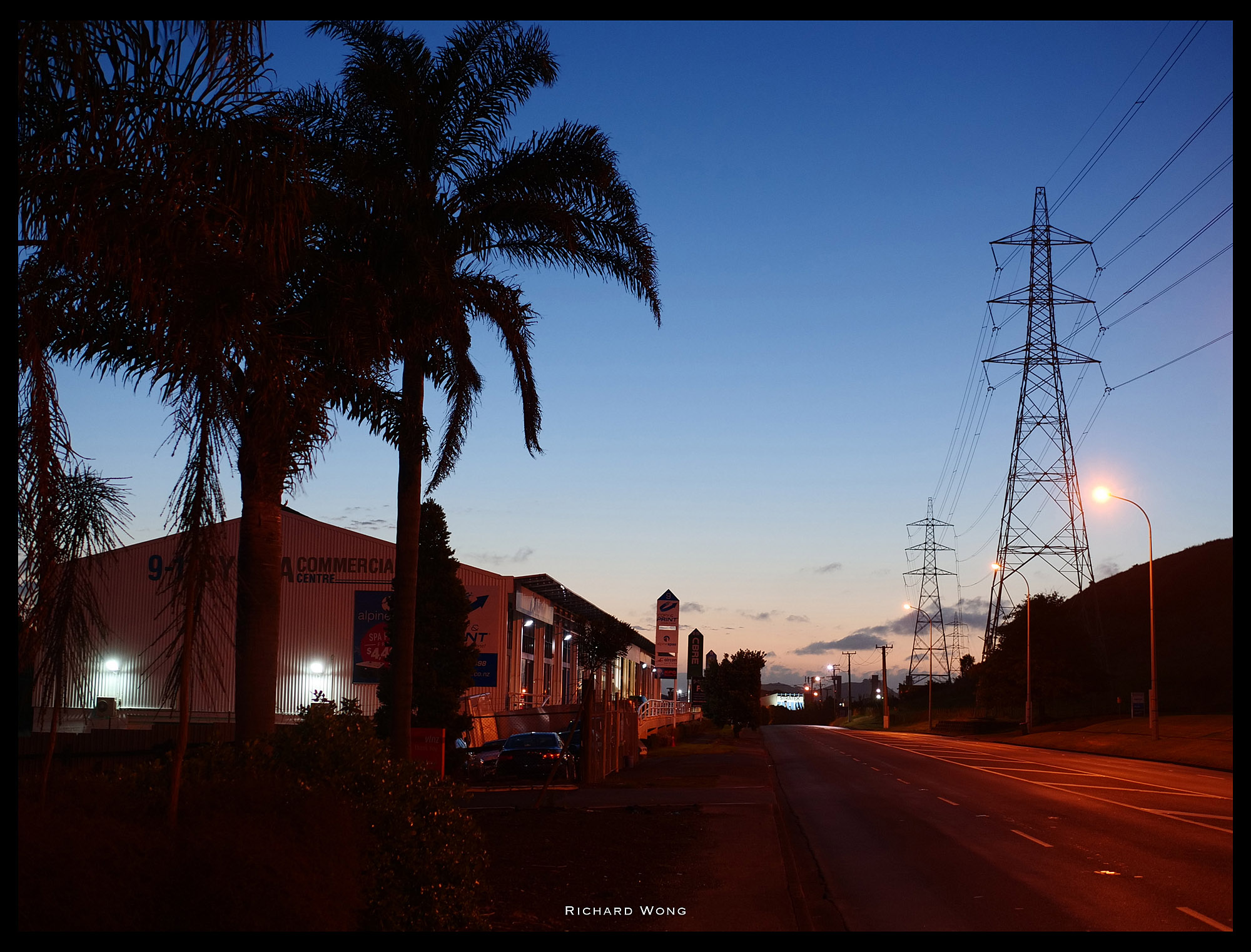 Panasonic Lumix GH5S | Leica 25mm f1.4 | ISO 320 f/2.2 1/13s
Panasonic Lumix GH5S | Leica 25mm f1.4 | ISO 320 f/2.2 1/13s
Handheld at slow shutter speed with no image stabiliser is not as bad as I thought partially because of the low resolution output
It’s only when I’m shooting video then I really feel how the IBIS on the GH5 and G9 make the video footage very smooth. The Optical Image Stabiliser on a lot of Panasonic lenses does help keep the video footage smoother, however GH5’s Dual IS or even just the in-body image stabiliser itself does a much better job at keeping the video steady.
I have a feeling some people will probably starting conspiracy saying Panasonic has intentionally removed the IBIS for whatever reason but personally I believe it must be due to technical limitations rather than they intentionally remove this feature. So maybe in a few years time Panasonic could figure out how to get the IBIS back with the oversized sensor. But for now, we do have to live with this limitation.
And probably because of that, Panasonic says quite clearly that the original GH5 is targeting handheld shooting users while the GH5s is for professional video production and the target users would either put the camera on some sort of stable platform or hold it with a camera rig.
Other Video Changes, slow motion video
The GH5S has a few additional video recording feature when compared to the GH5.
First of all, V-logL is pre-installed on all the GH5S out of the box already. So you don’t need to spend the extra money to buy the V-LogL option and that makes the price difference between the GH5S and GH5 a bit smaller if you need to use V-LogL.
C4K videos can now be record at maximum 60fps. This is a big increase compare to the GH5 which is only 24fps.
In terms of slow motion videos, the GH5 and G9 can do slow motion video up to a very impressive 180fps at full HD resolution. But with the GH5S, you can go up to 240fps at full HD. However, when you are shooting at 204fps or faster frame rate, the camera would apply a bit of cropping, presumably to increase the readout speed.
When we heard the word “cropped”, the first reaction is probably not good. But the cropping actually benefit me a bit when I’m reviewing the GH5S. I was using the Leica 12-60 lens most of the time when doing the review, and I was shooting some birds in flight slow motion video using the same lens. 60mm = 120mm equivalent focal length is still quite short lens for shooting flying birds. So the cropping actually make the effective focal length of my lens a bit longer and allow me to get more close up videos of the birds.
Battery
The GH5S uses the same DMW-BLF19 battery as the GH5 but the battery life has increased from 410 pictures to 440 pictures. I don’t know if it translate to similar improvement when shooting video. But regardless the battery life is pretty decent just like the GH5.
I was hoping to see the USB charging/power feature from the G9 on the GH5S, unfortunately it didn’t happen. But at least the supplied battery charger is now the same one as the G9, which takes USB as power source so you can still charge your battery on the road easily.
Some other changes
The GH5S support the lens Fn button when used with the new Leica 200mm f/2.8 lens or any other lens with same button in the future. (If you are a GH5 owner, the latest firmware 2.2 also support the lens Fn button)
There are some other changes to improve night/low light shooting are the Night Mode display which makes it easier when you eye has to switch between looking at the camera screen and very dark places. While I really like the Night Mode display as it makes it a lot easier for my eyes to adapt when shooting in very dark places, the green LED at the top of the camera is a bit distracting so I’m almost tempted to tape the green LED when I’m testing at dark places. Maybe in the future Panasonic can consider dimming that LED light as well when Night Mode is switched on?
There is also something called Live view boost which boost the live view feed displayed on screen when shooting at very dark places. The trade off is lower screen refresh rate.
The manual focus assist magnification is also increased from 10x to 20x. This allows us to manual focus accurately when shooting night sky with stars.
Conclusions
When I first heard of the GH5S, I was quite skeptical about it. I have lots of questions on my mind. Why release a “new” GH5 so soon after the original version was released? Would there be enough improvements to make it worth a new model? Or would there be too many improvements that would make the GH5 owners not happy?
Now after using it side by side with a GH5 in the last few weeks, shooting photos and videos. I think I know the answer.
The GH5S is clearly not a replacement or upgrade to the GH5. It is like a twin brother which born a little late. They look almost identical and have very similar feature set. But the GH5S is not a better version of GH5, he just got a slightly different personality and expertise when compared to the original GH5. While the GH5S can do quite a few things better than the GH5, the GH5 is also better in a few other areas. So they are just different.
For photo shooters, the 10MP is a bit low for landscape shooters or anyone who needs high resolution. But for journalist, documentary type of work, 10MP is still more than enough. The 14 bit RAW file (which unfortunately i can’t test right now), 1 stop+ better low light performance and better low light autofocus performance make it quite a versatile stills camera that can handle wider lighting condition as long as you don’t need high resolution output.
For videographers, you should be very impressed to see the almost 2 stops improvement in high ISO performance. The dual native ISO, low resolution sensor and multi-aspect oversize sensor really make a significant improvement. While Panasonic hasn’t explicitly mention any improvement in autofocus tracking in video mode, the autofocus tracking also seems to be more reliable and faster from my long hours of testing.
The 240fps slow motion, higher refresh rate EVF are all very welcome upgrades. The added line in audio input, the TC sync and preinstalled V-LogL, 60fps C4K video clearly indicates the GH5S is aiming towards the professional video production.
Frankly I’m still quite disappointed when I heard there is no IBIS as Panasonic’s IBIS and Dual IS just getting really good with the GH5 and G9. And because of that, the original GH5 would still be the better choice for most photographers and videographers.
When the GH5 was released, it was almost the perfect video camera at very affordable price point considering what it can do when compared to its competitors. If there is anything you can complain about the original GH5, it would be it’s autofocus tracking and high ISO performance. Both are not terrible in my opinion, but definitely not class leading.
With the new GH5S, Panasonic has made quite a bit of improvement in both area. While some other (bigger and more expensive) cameras still have better high ISO and focus tracking, the gap between them is now a lot smaller. Consider there are a lot of things the GH5S can do that the competitors at double the price can’t do, I would say the GH5S is really a very attractive camera for users that doesn’t do a lot run and gun style videos.
I have to admit I was not 100% sure if the DFD is the way to go even when I was reviewing the G9. I feel like Panasonic really should add phase detection to their autofocus system to get more reliable autofocus performance. But after testing the GH5 and GH5S side by side and see some obvious improvements within a year, I am starting to believe that Panasonic actually made the right decision and the future of the DFD system. With faster processor, improvement in the DFD technology itself, I now believe the DFD could really catch up if not better than the phase detection or hybrid autofocus system in the future, and hopefully not a very distinct future.
Sample Photos (All photos are JPG from camera, lightly edited to taste )
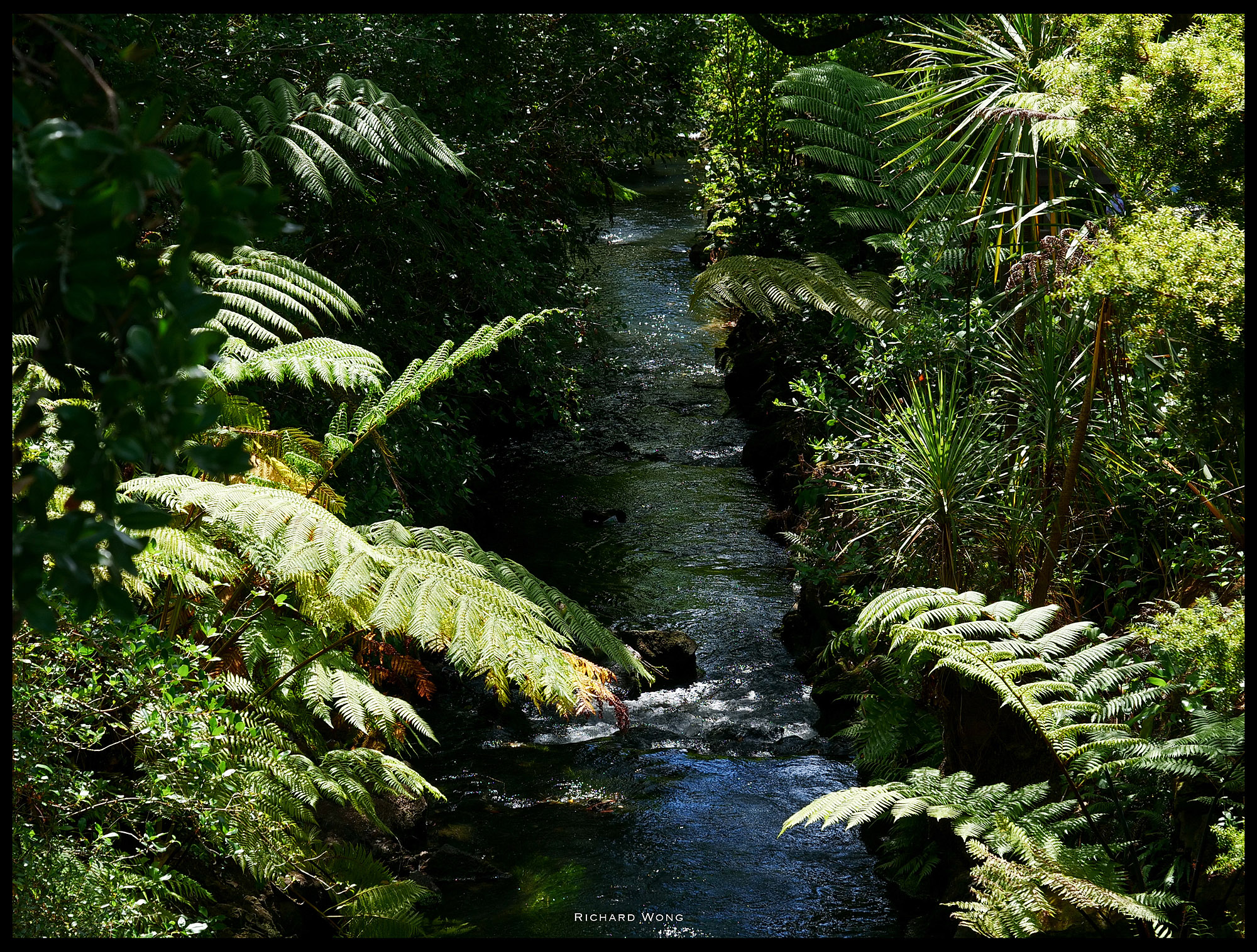 Panasonic Lumix GH5S | Leica 12-60mm f2.8-4.0 | ISO160 f/5.6 1/400s
Panasonic Lumix GH5S | Leica 12-60mm f2.8-4.0 | ISO160 f/5.6 1/400s
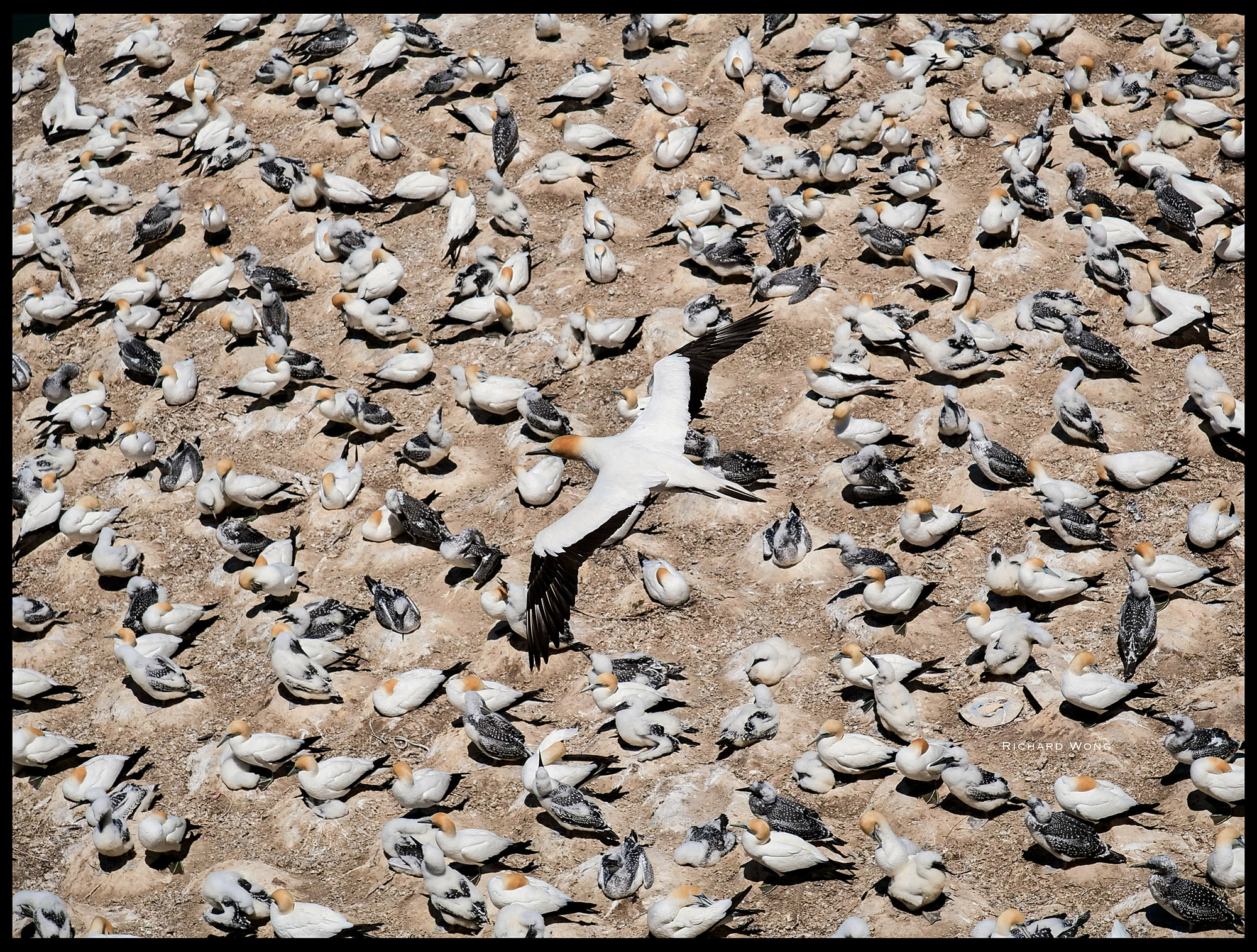 Panasonic Lumix GH5S | Leica 12-60mm f2.8-4.0 | ISO160 f/4 1/16000s
Panasonic Lumix GH5S | Leica 12-60mm f2.8-4.0 | ISO160 f/4 1/16000s
 Panasonic Lumix GH5S | Leica 12-60mm f2.8-4.0 | ISO25600 f/3.5 1/30s
Panasonic Lumix GH5S | Leica 12-60mm f2.8-4.0 | ISO25600 f/3.5 1/30s
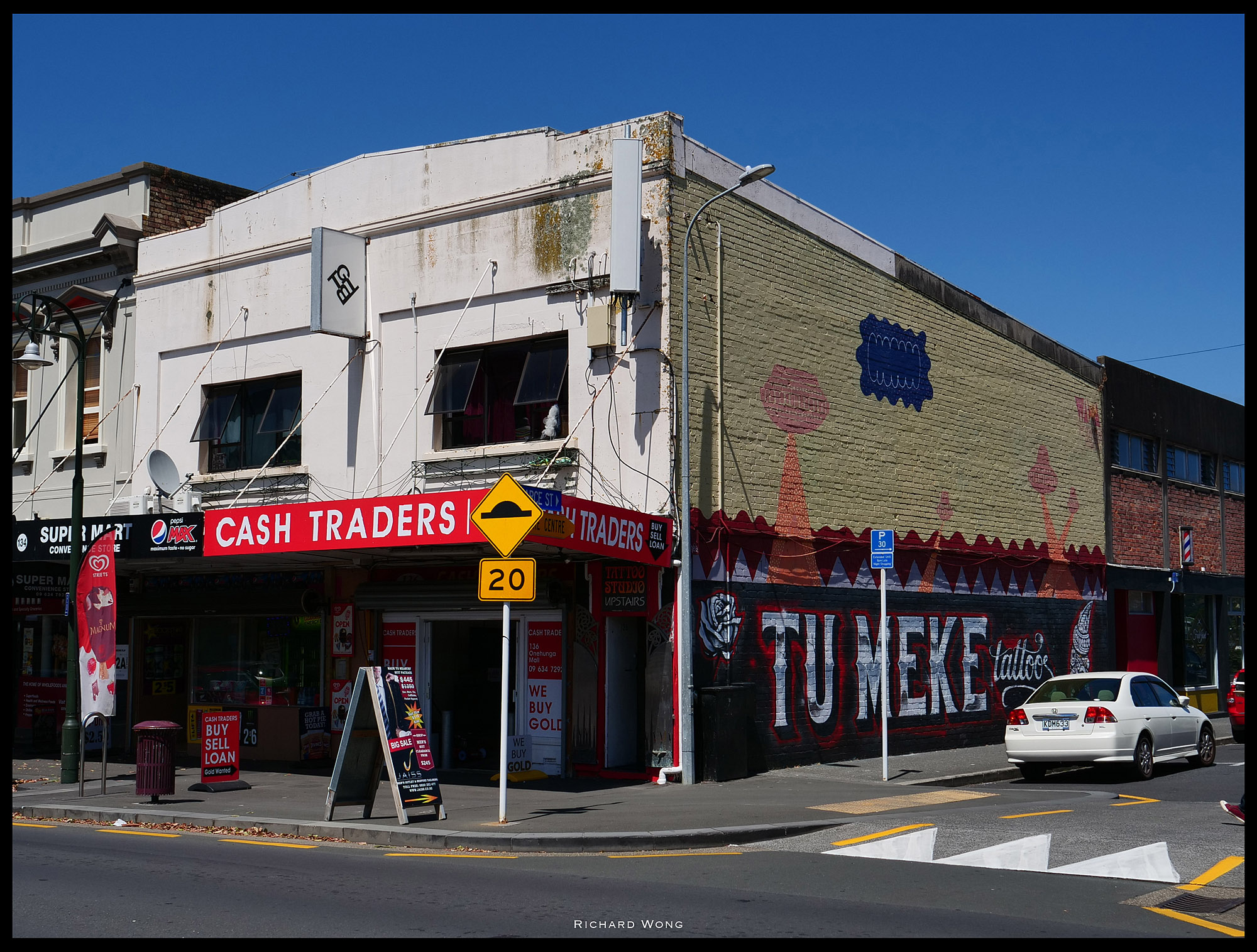 Panasonic Lumix GH5S | Leica 12-60mm f2.8-4.0 | ISO160 f/5.6 1/1600s
Panasonic Lumix GH5S | Leica 12-60mm f2.8-4.0 | ISO160 f/5.6 1/1600s
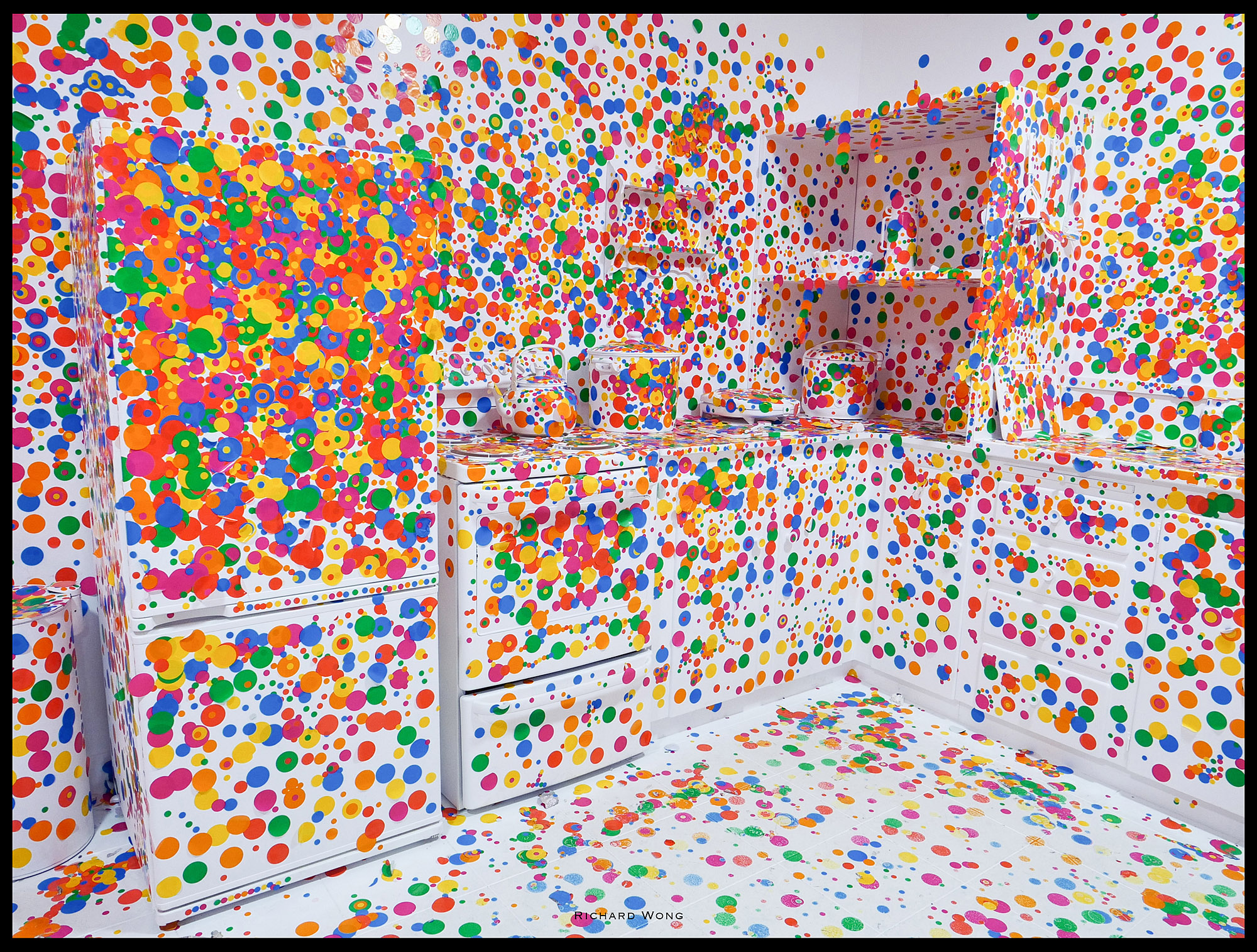 Panasonic Lumix GH5S | Leica 12-60mm f2.8-4.0 | ISO640 f/5.6 1/25s
Panasonic Lumix GH5S | Leica 12-60mm f2.8-4.0 | ISO640 f/5.6 1/25s
 Panasonic Lumix GH5S | Leica 12-60mm f2.8-4.0 | ISO160 f/8 1/4s
Panasonic Lumix GH5S | Leica 12-60mm f2.8-4.0 | ISO160 f/8 1/4s
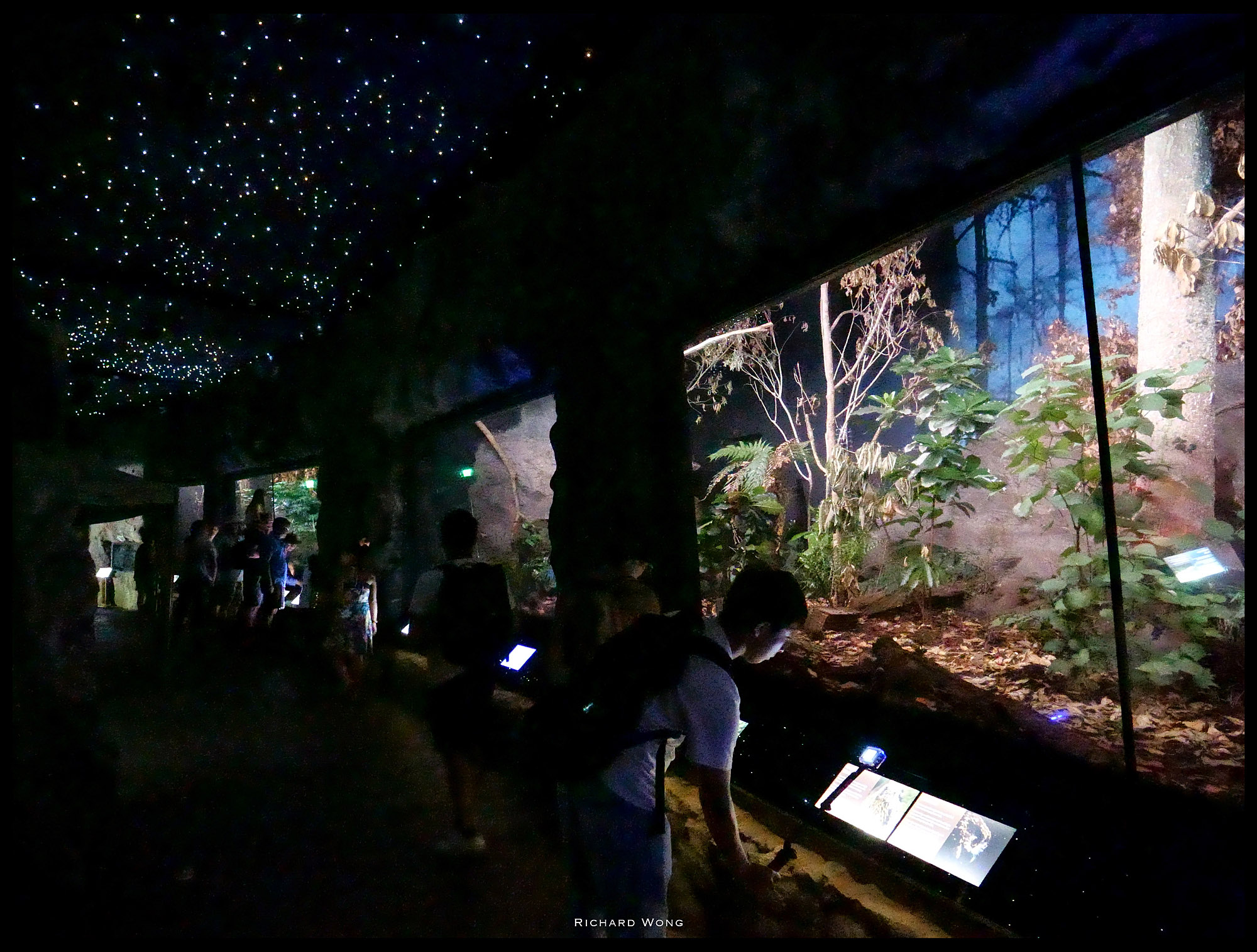 Panasonic Lumix GH5S | Leica 12-60mm f2.8-4.0 | ISO51200 f/2.8 1/15s
Panasonic Lumix GH5S | Leica 12-60mm f2.8-4.0 | ISO51200 f/2.8 1/15s
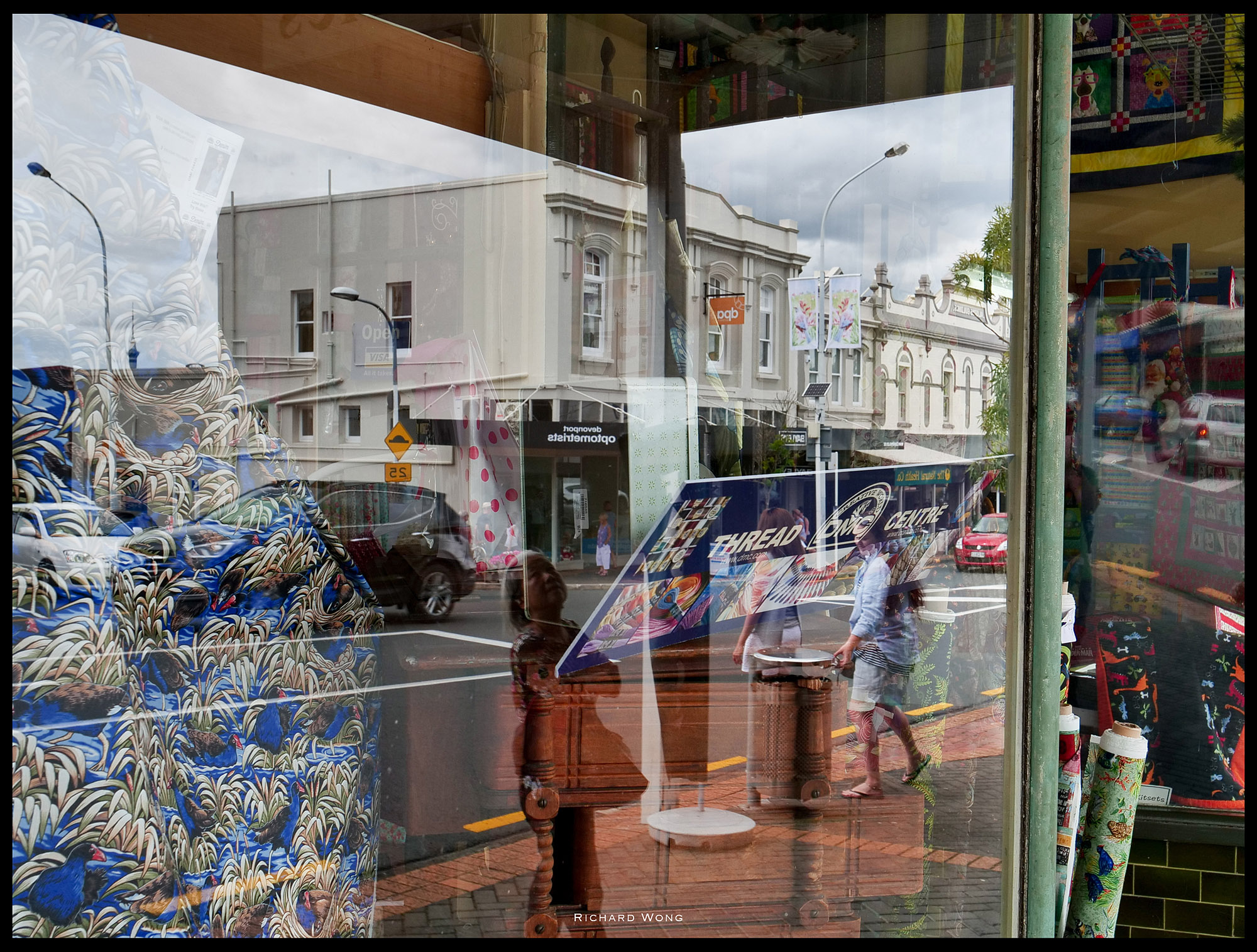 Panasonic Lumix GH5S | Leica 12-60mm f2.8-4.0 | ISO160 f/7.1 1/125s
Panasonic Lumix GH5S | Leica 12-60mm f2.8-4.0 | ISO160 f/7.1 1/125s
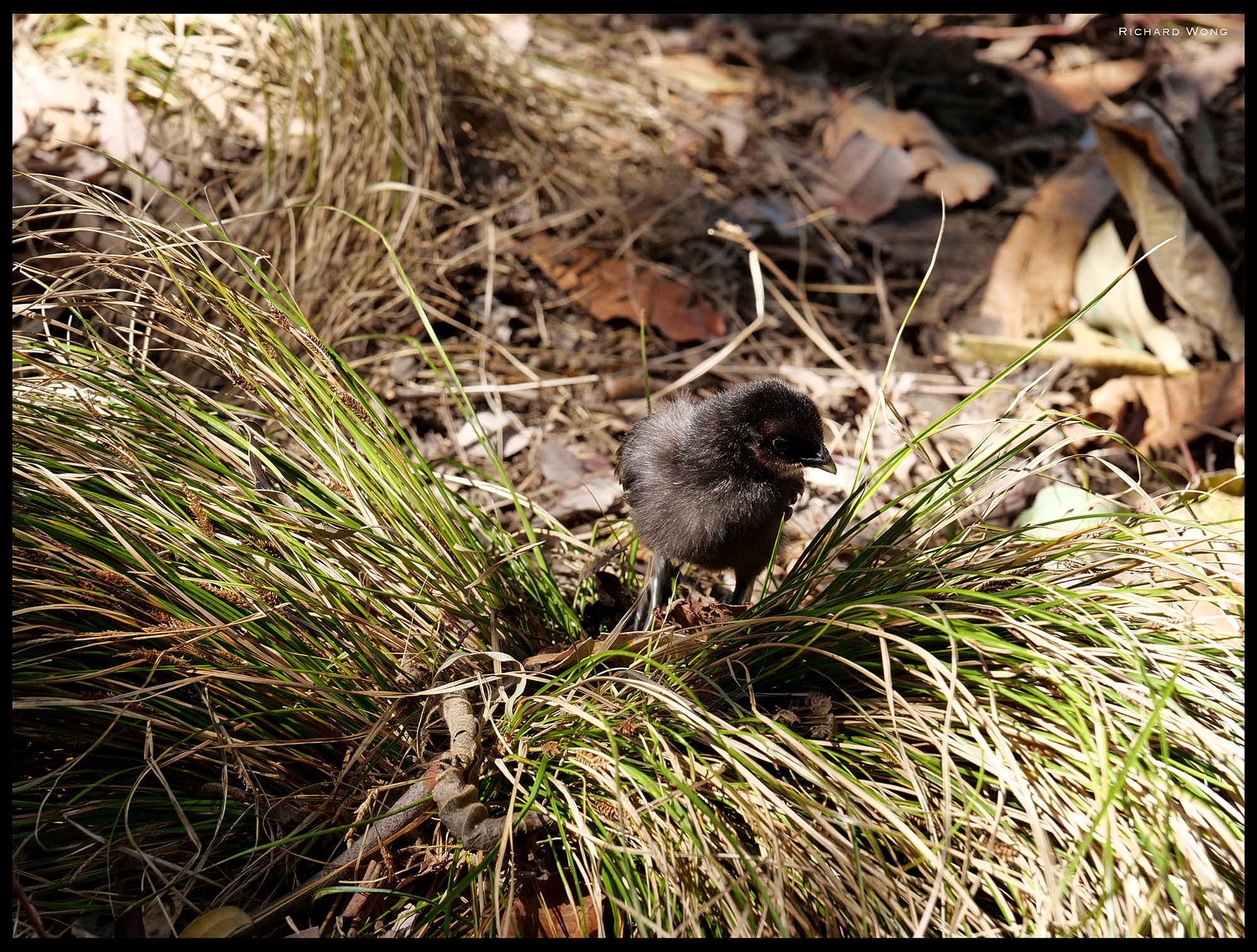 Panasonic Lumix GH5S | Leica 12-60mm f2.8-4.0 | ISO160 f/6.3 1/200s
Panasonic Lumix GH5S | Leica 12-60mm f2.8-4.0 | ISO160 f/6.3 1/200s
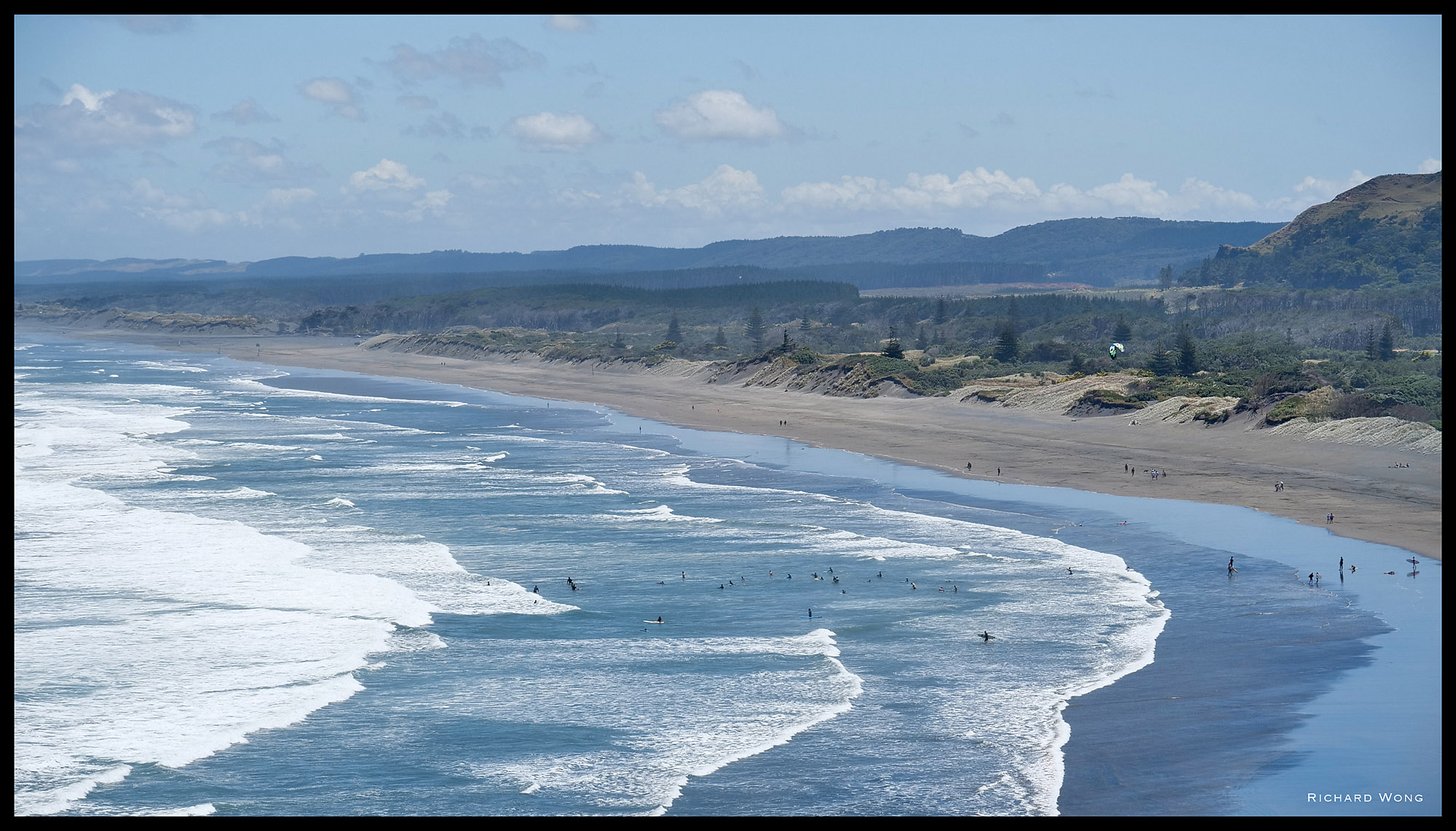 Panasonic Lumix GH5S | Leica 12-60mm f2.8-4.0 | ISO160 f/5 1/1600s
Panasonic Lumix GH5S | Leica 12-60mm f2.8-4.0 | ISO160 f/5 1/1600s
 Panasonic Lumix GH5S | Leica 12-60mm f2.8-4.0 | ISO160 f/6.3 1/400s
Panasonic Lumix GH5S | Leica 12-60mm f2.8-4.0 | ISO160 f/6.3 1/400s
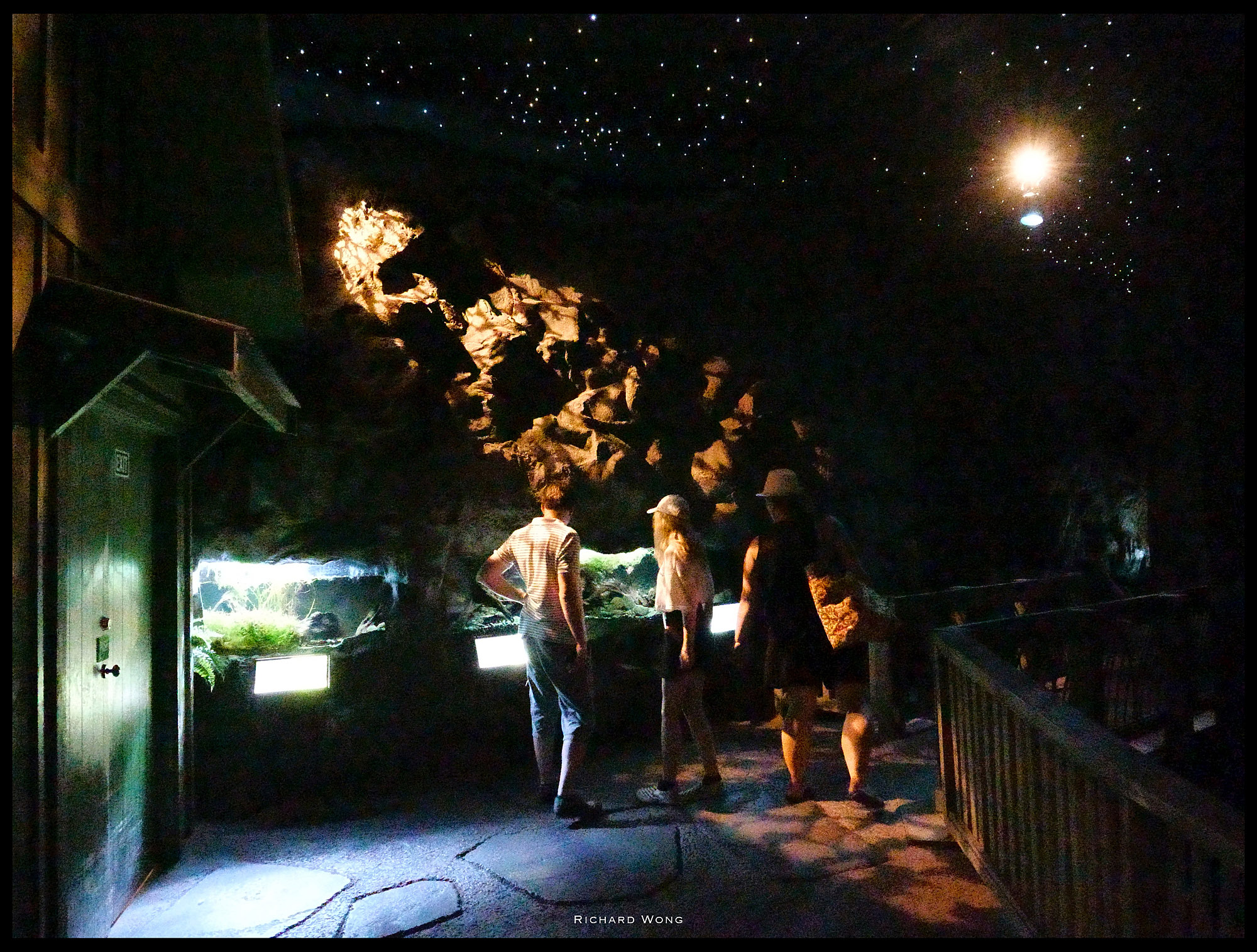 Panasonic Lumix GH5S | Leica 12-60mm f2.8-4.0 | ISO102400 f/3.5 1/40s
Panasonic Lumix GH5S | Leica 12-60mm f2.8-4.0 | ISO102400 f/3.5 1/40s
 Panasonic Lumix GH5S | Leica 12-60mm f2.8-4.0 | ISO200 f/4 1/125s
Panasonic Lumix GH5S | Leica 12-60mm f2.8-4.0 | ISO200 f/4 1/125s
 Panasonic Lumix GH5S | Leica 12-60mm f2.8-4.0 | ISO160 f/6.3 1/500s
Panasonic Lumix GH5S | Leica 12-60mm f2.8-4.0 | ISO160 f/6.3 1/500s
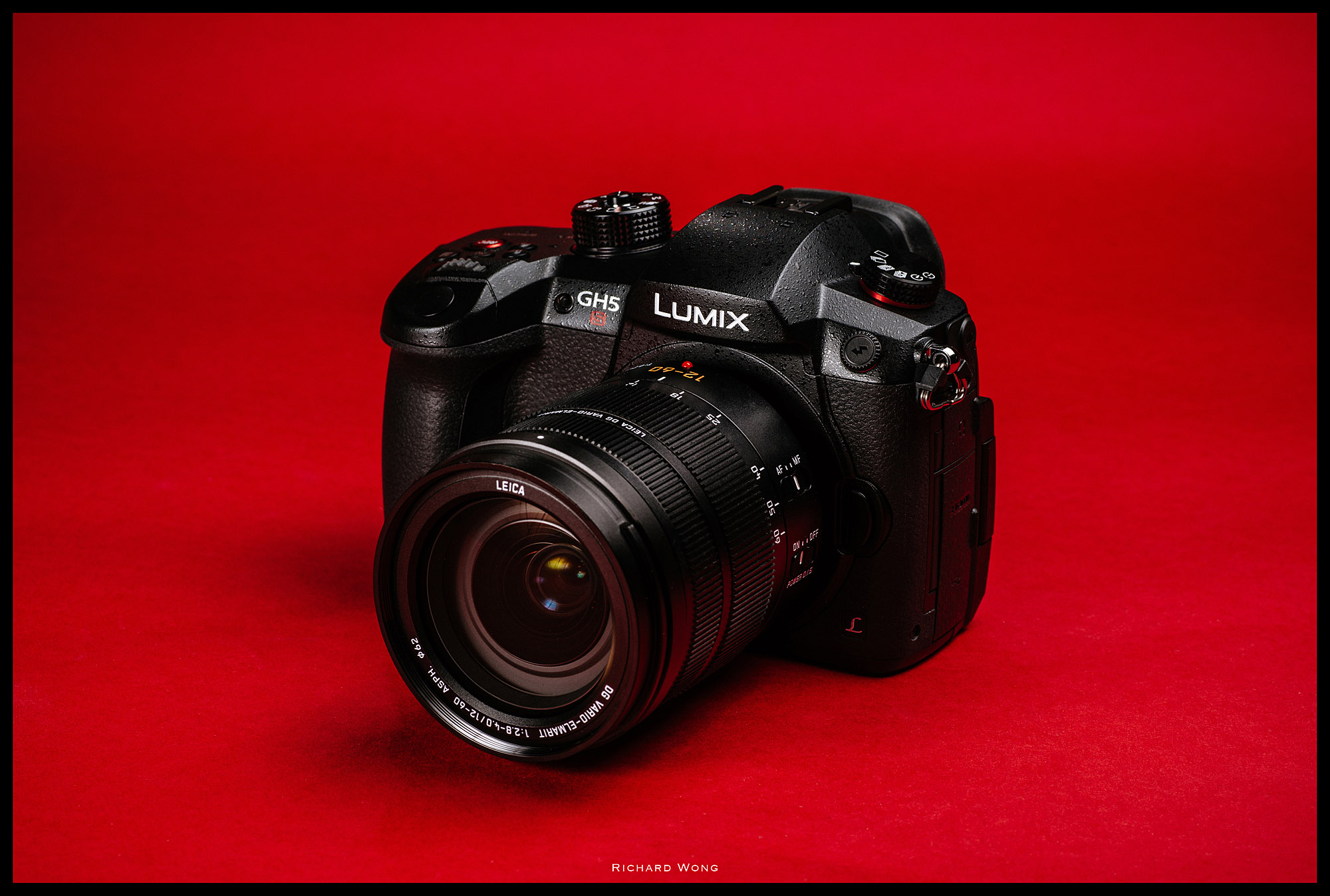
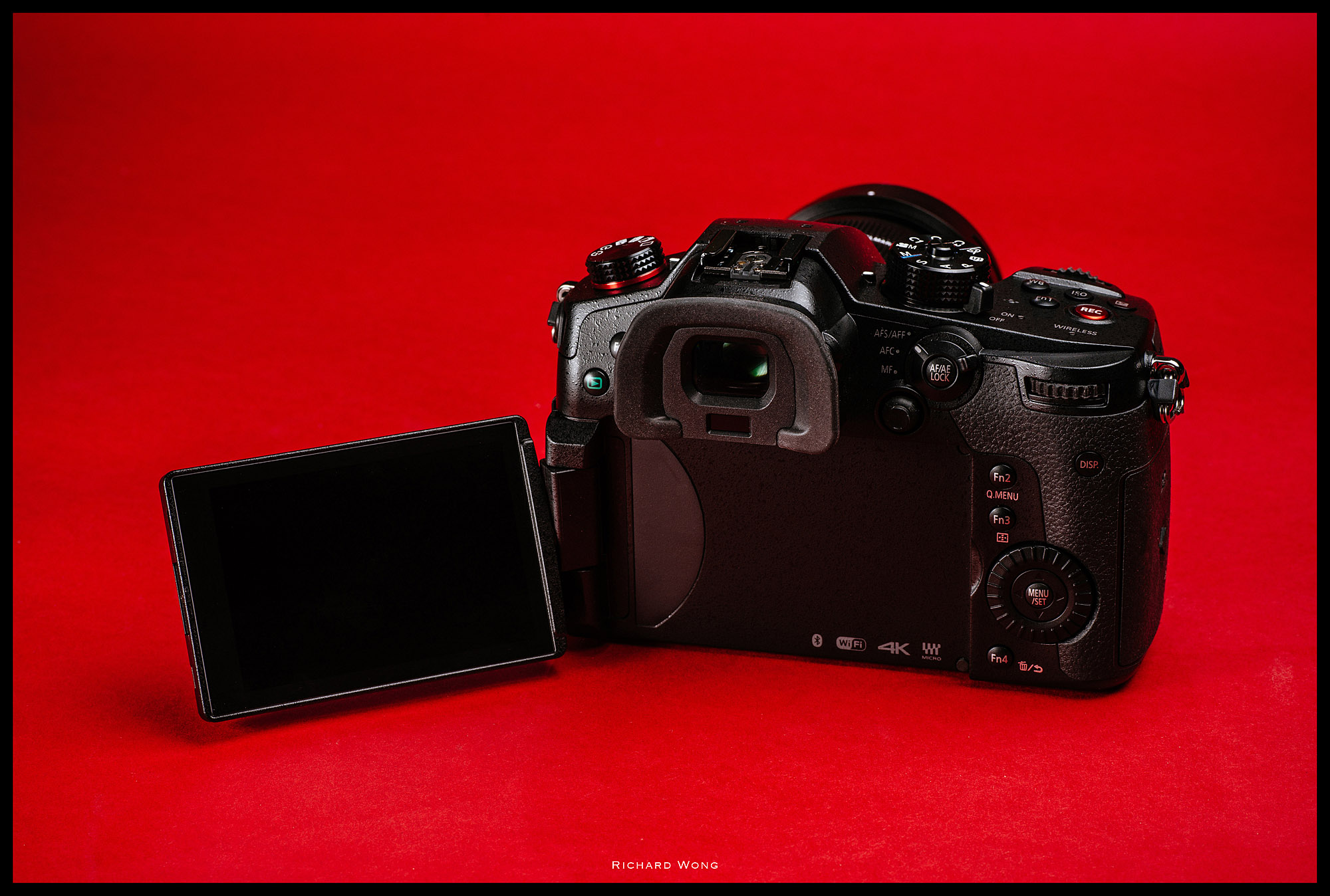

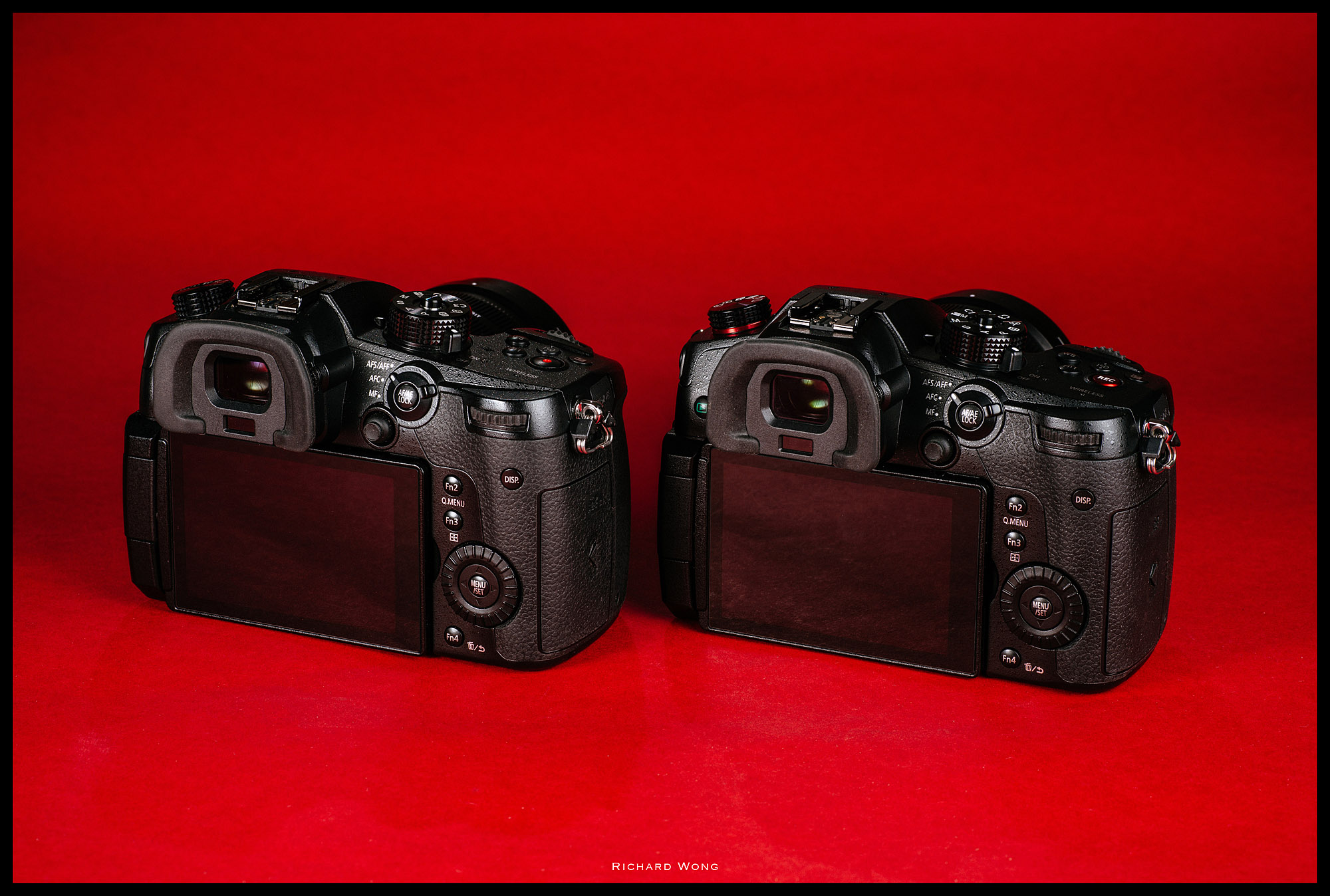
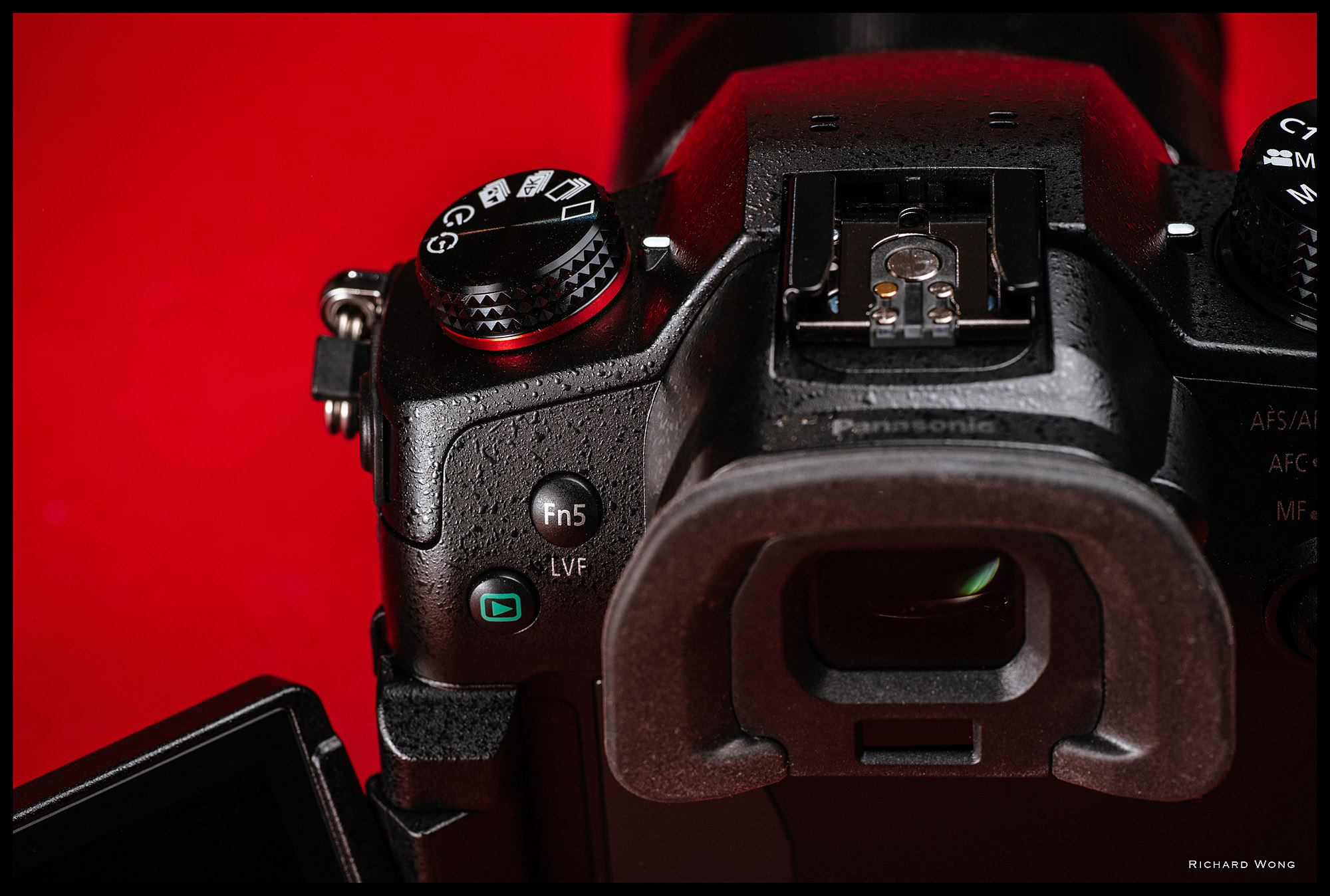
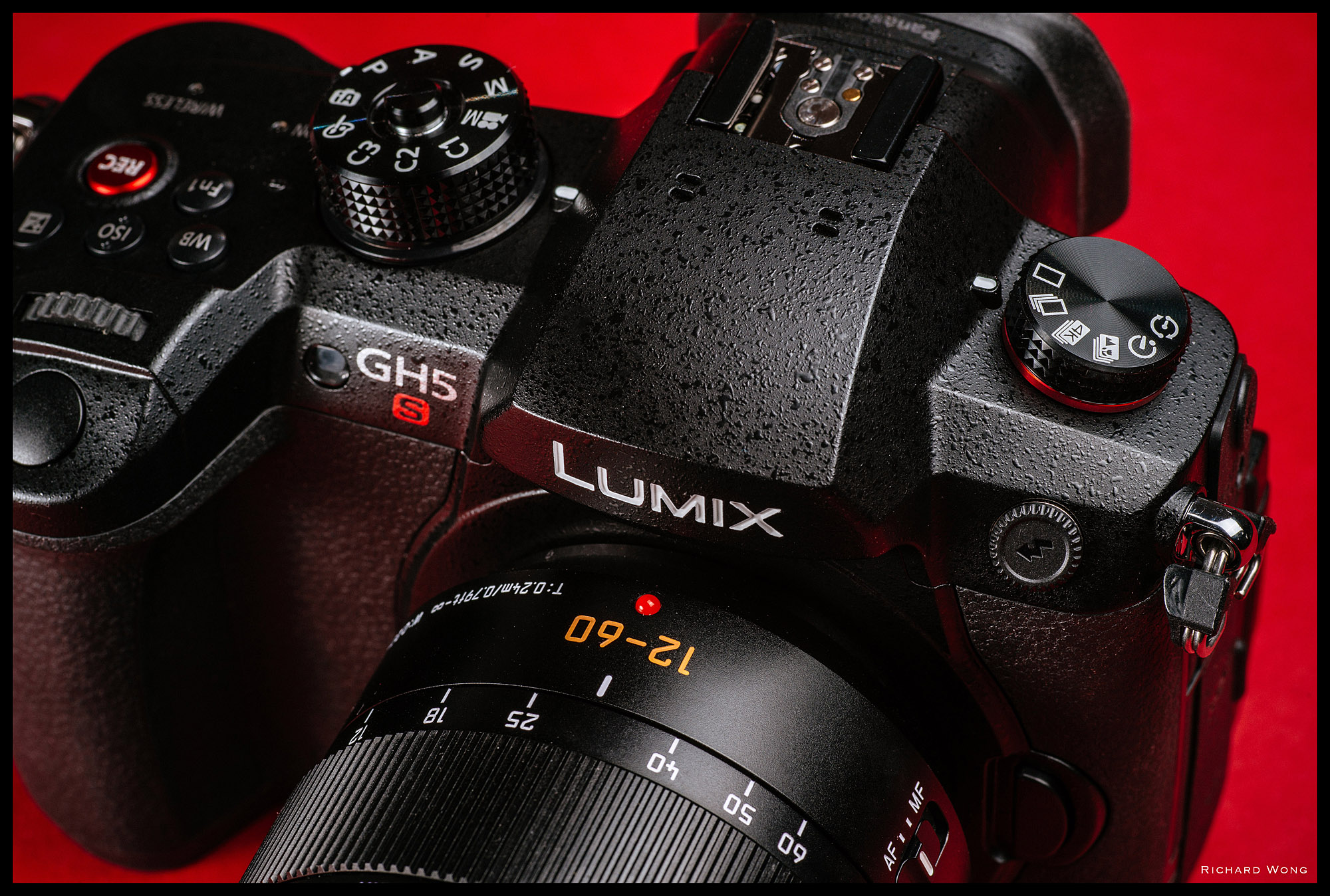
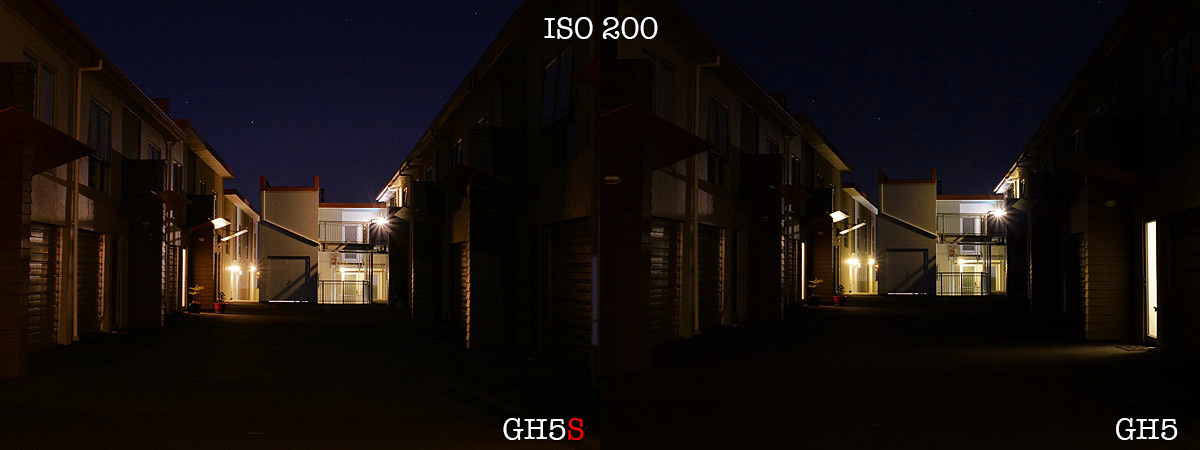
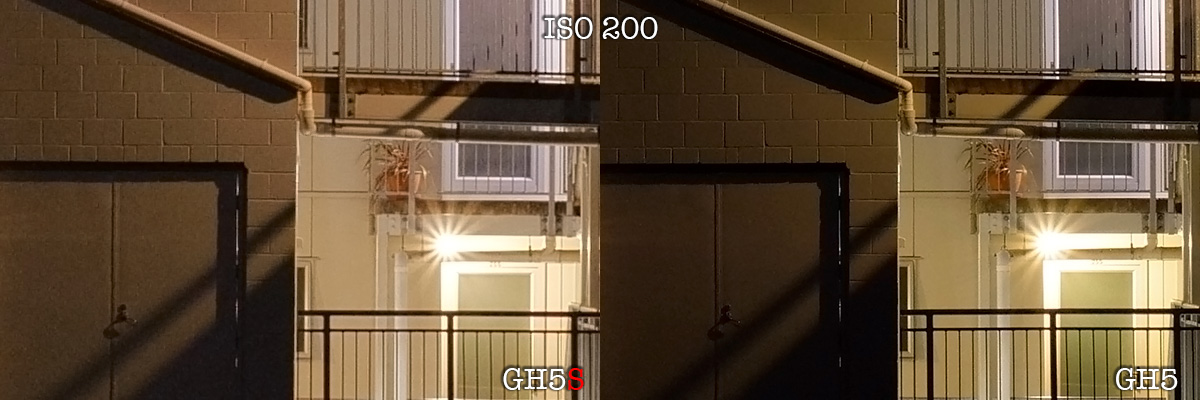
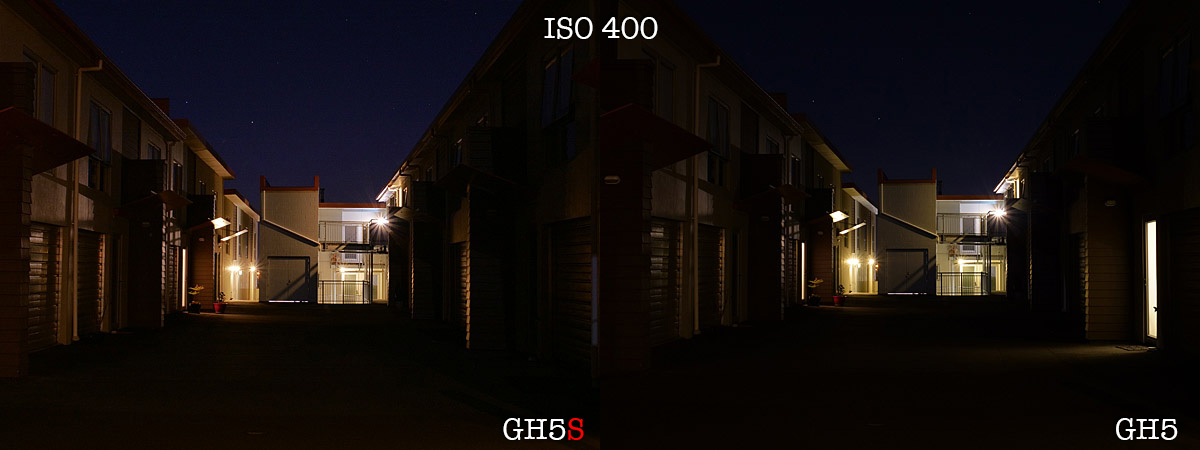
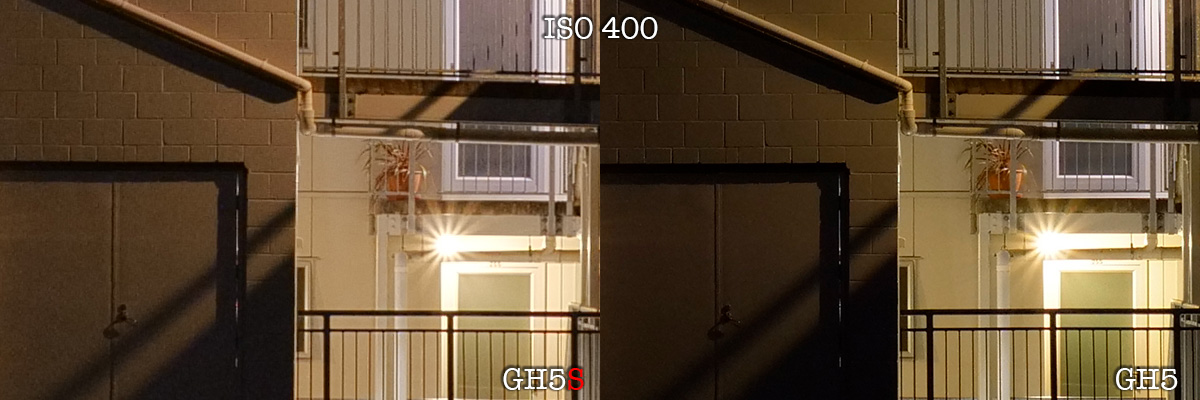
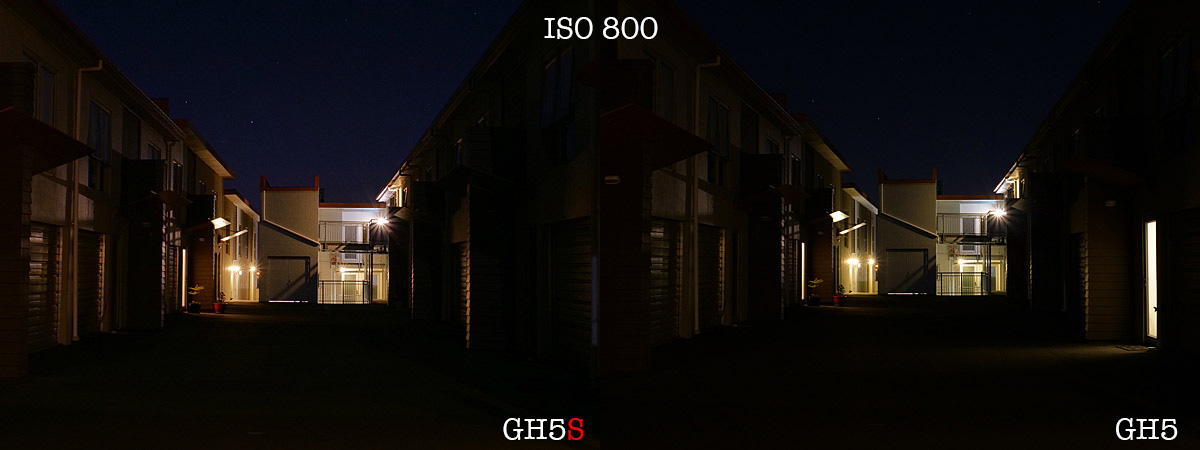
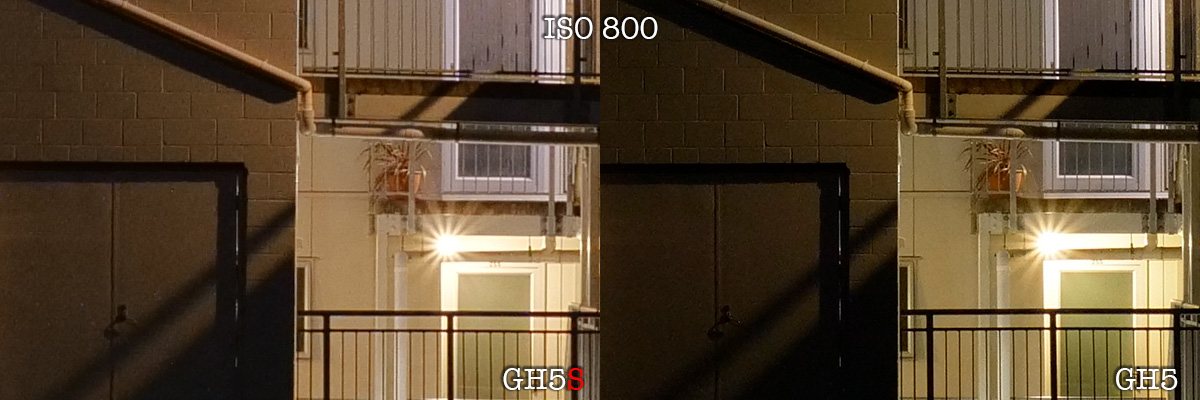

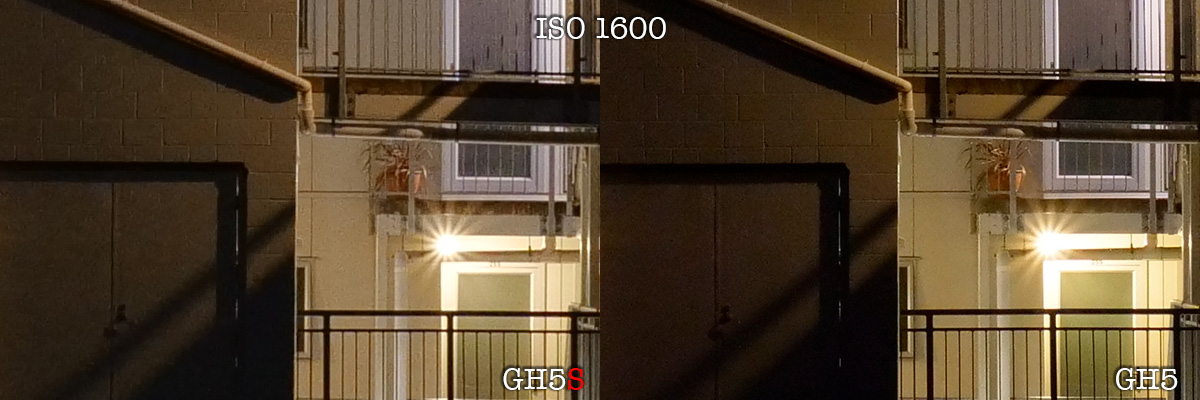
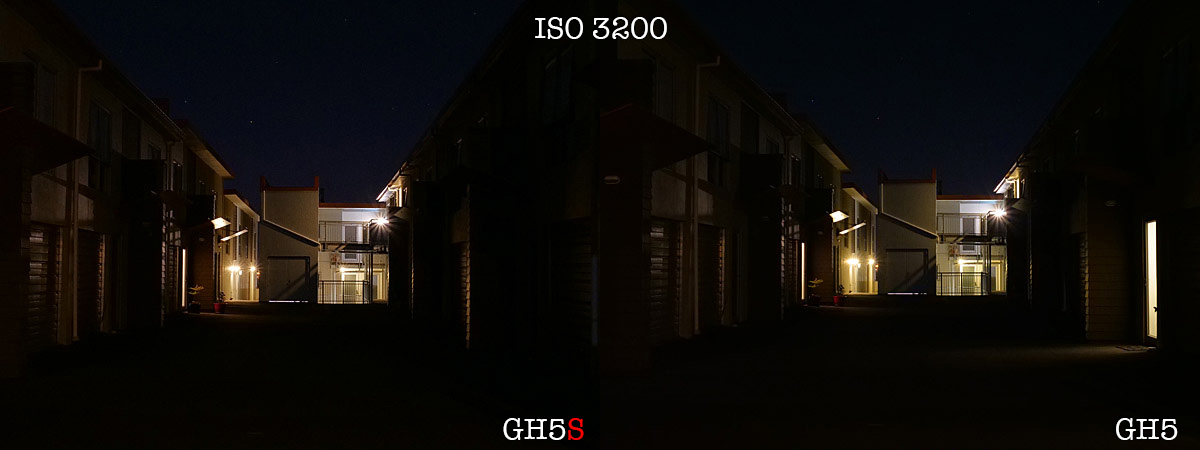
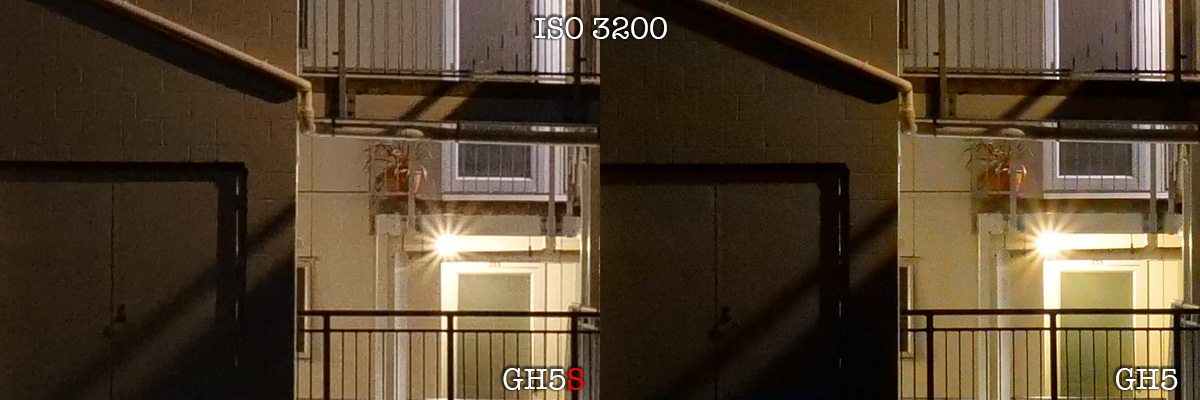

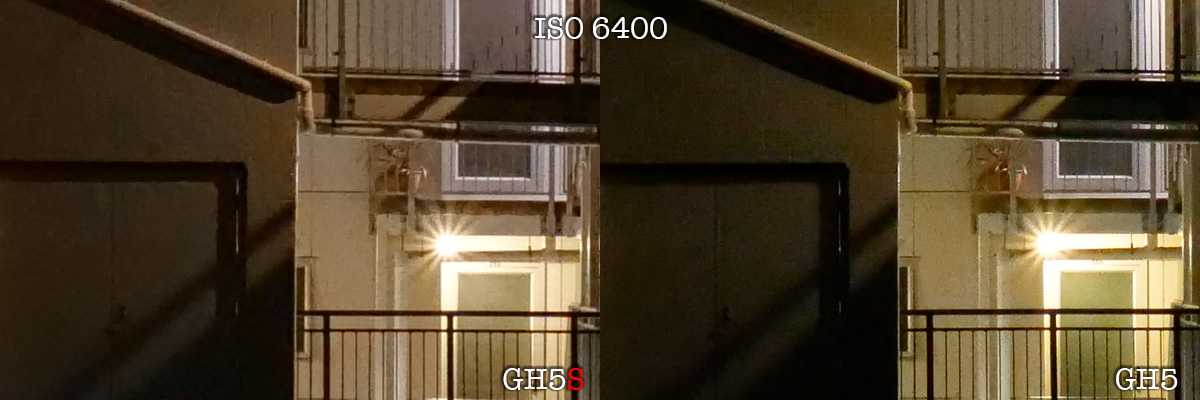
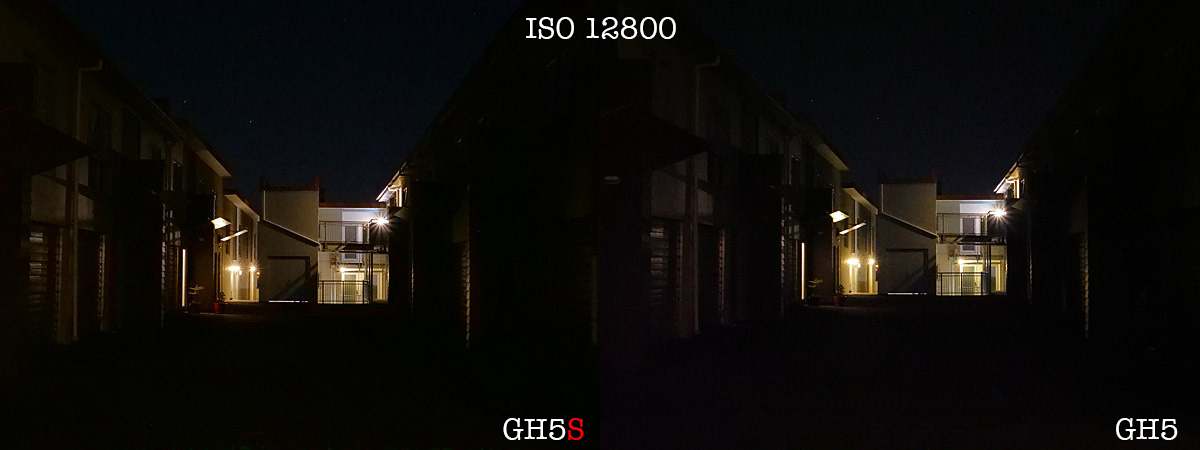
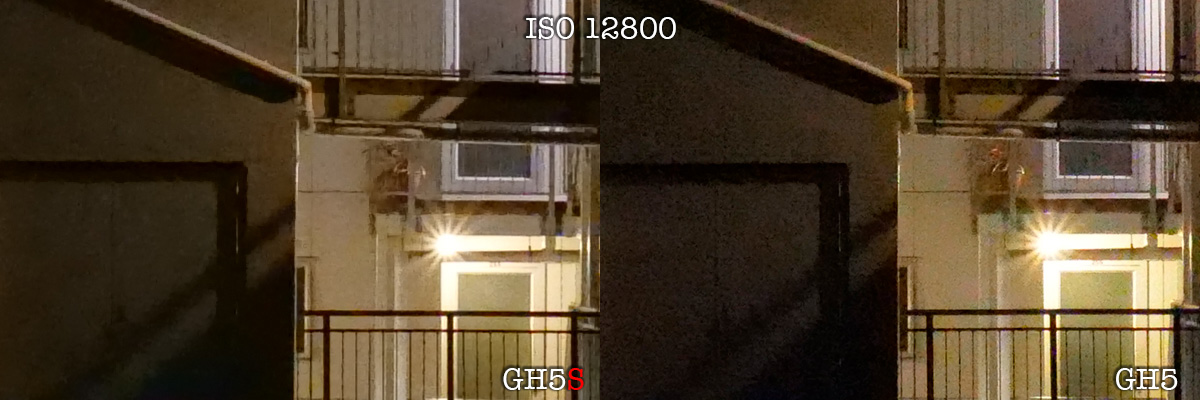
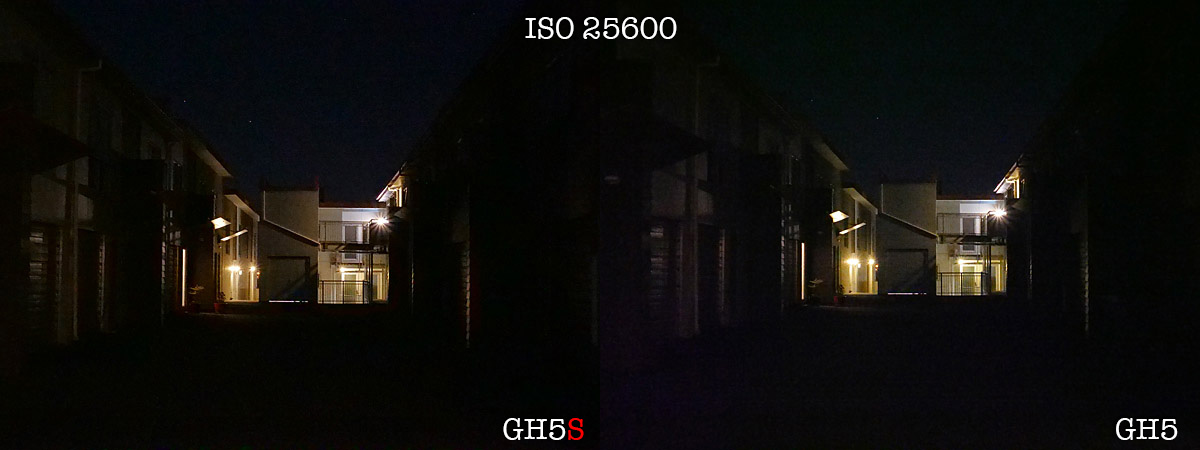
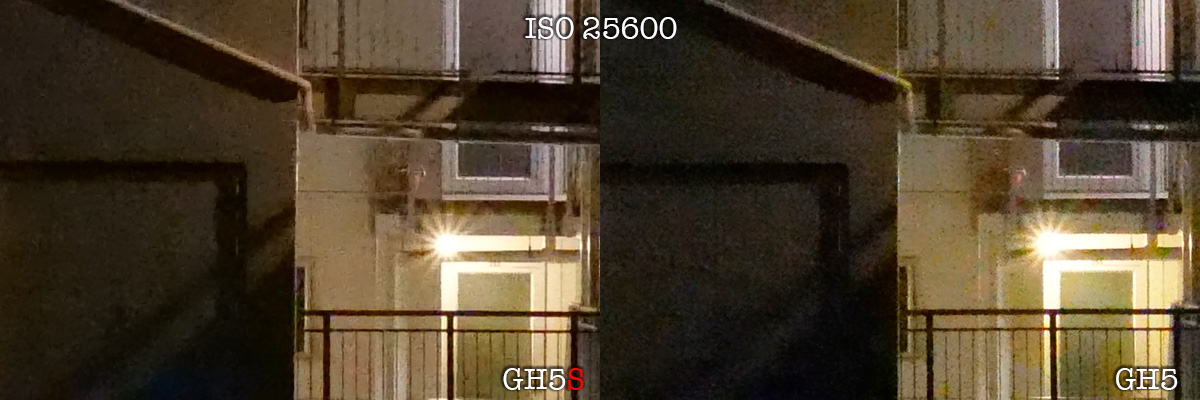
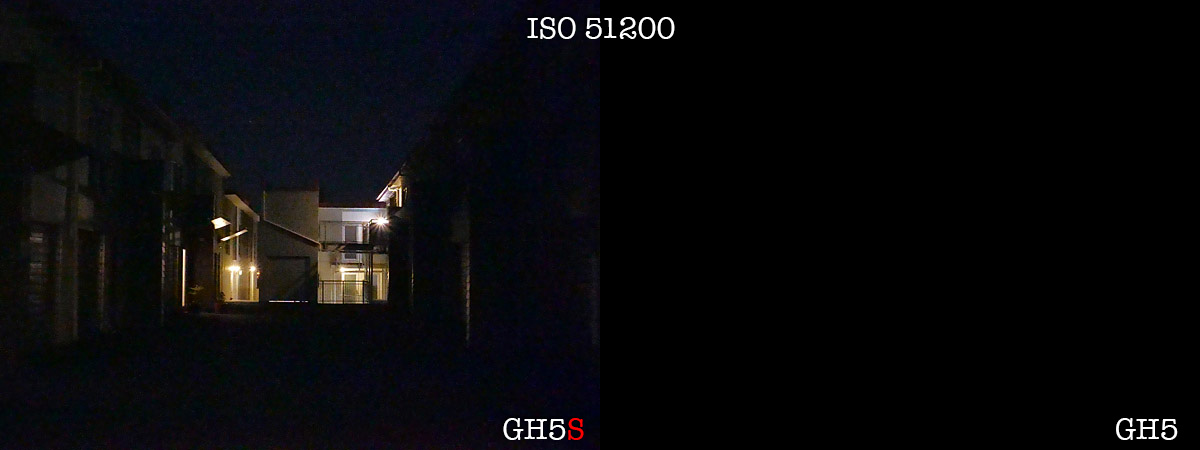

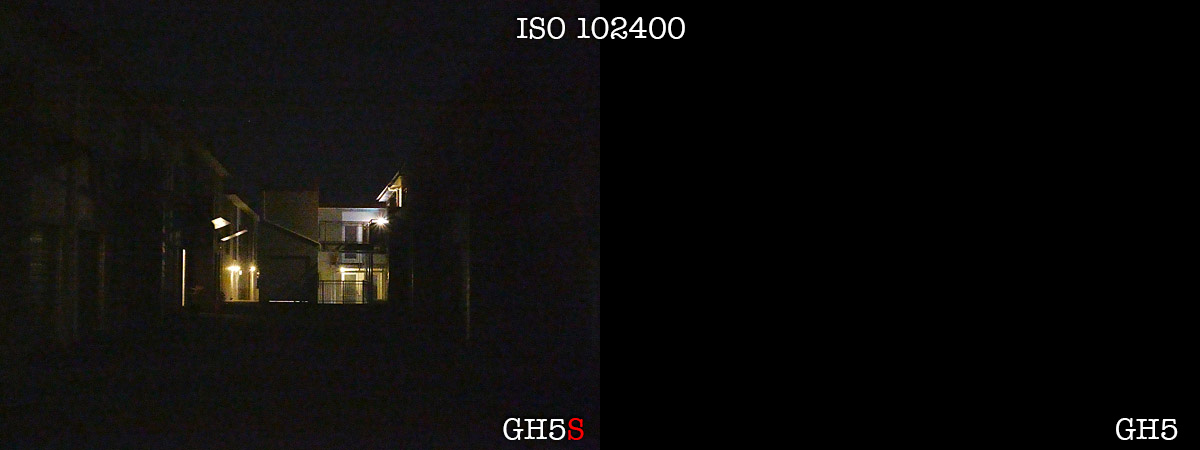

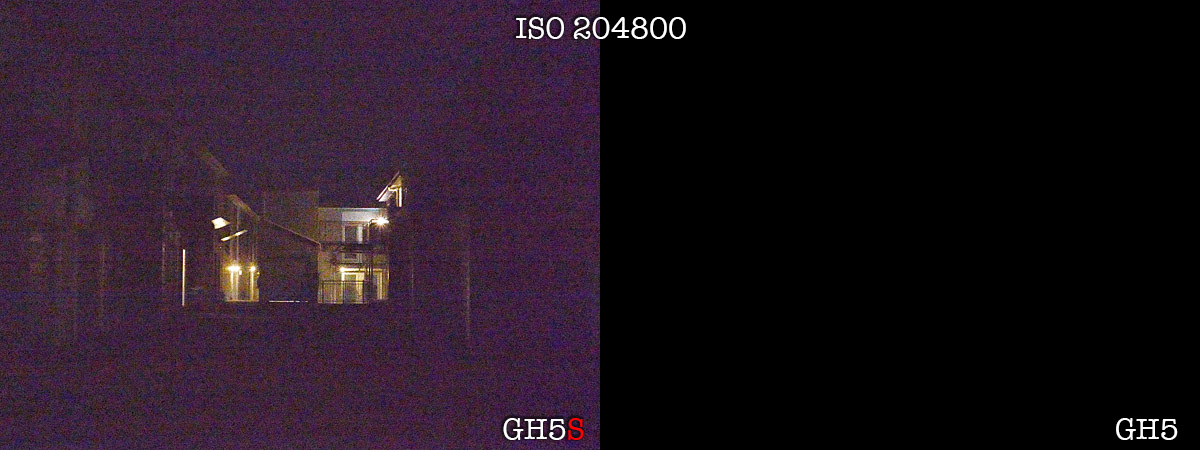

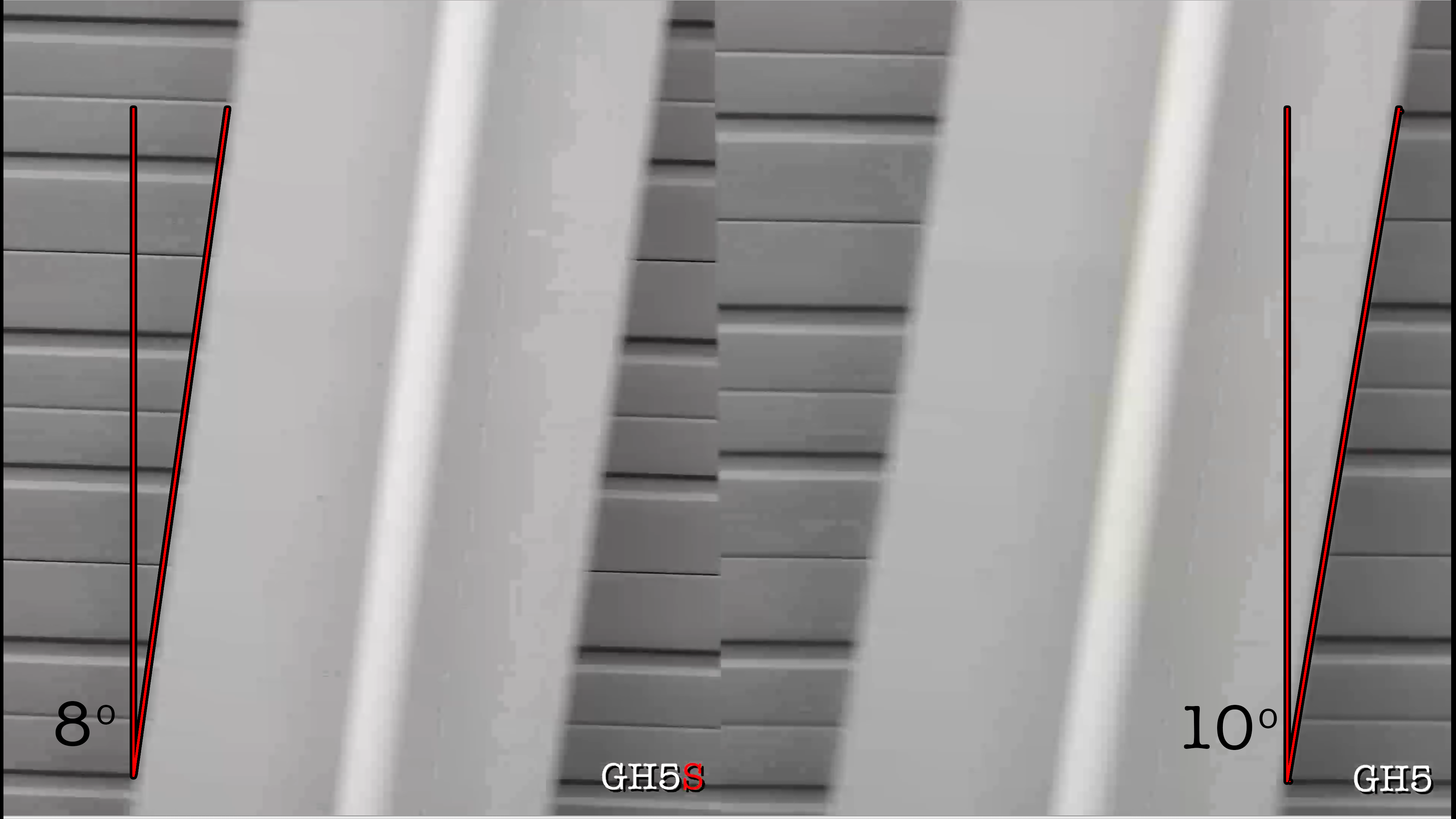
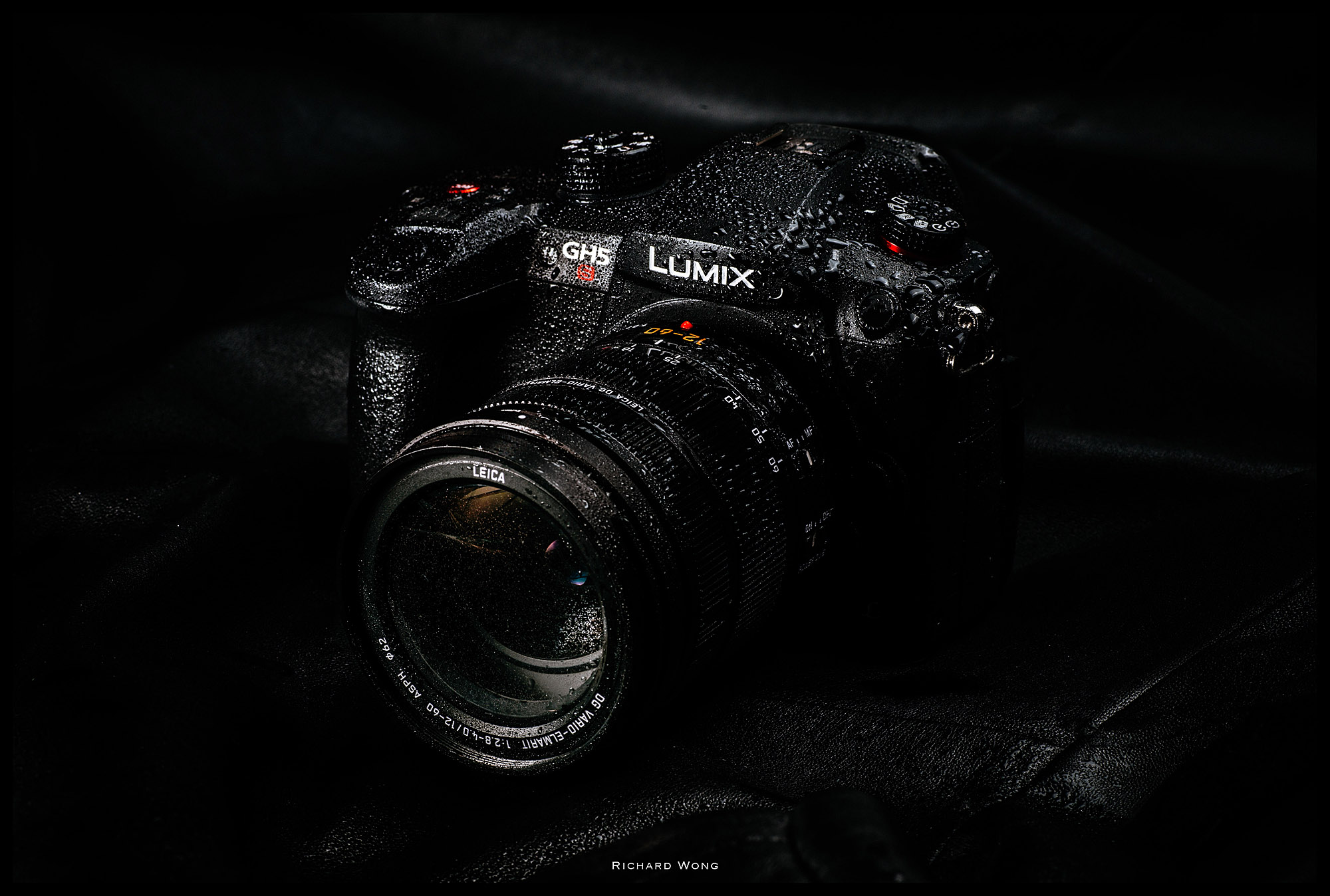
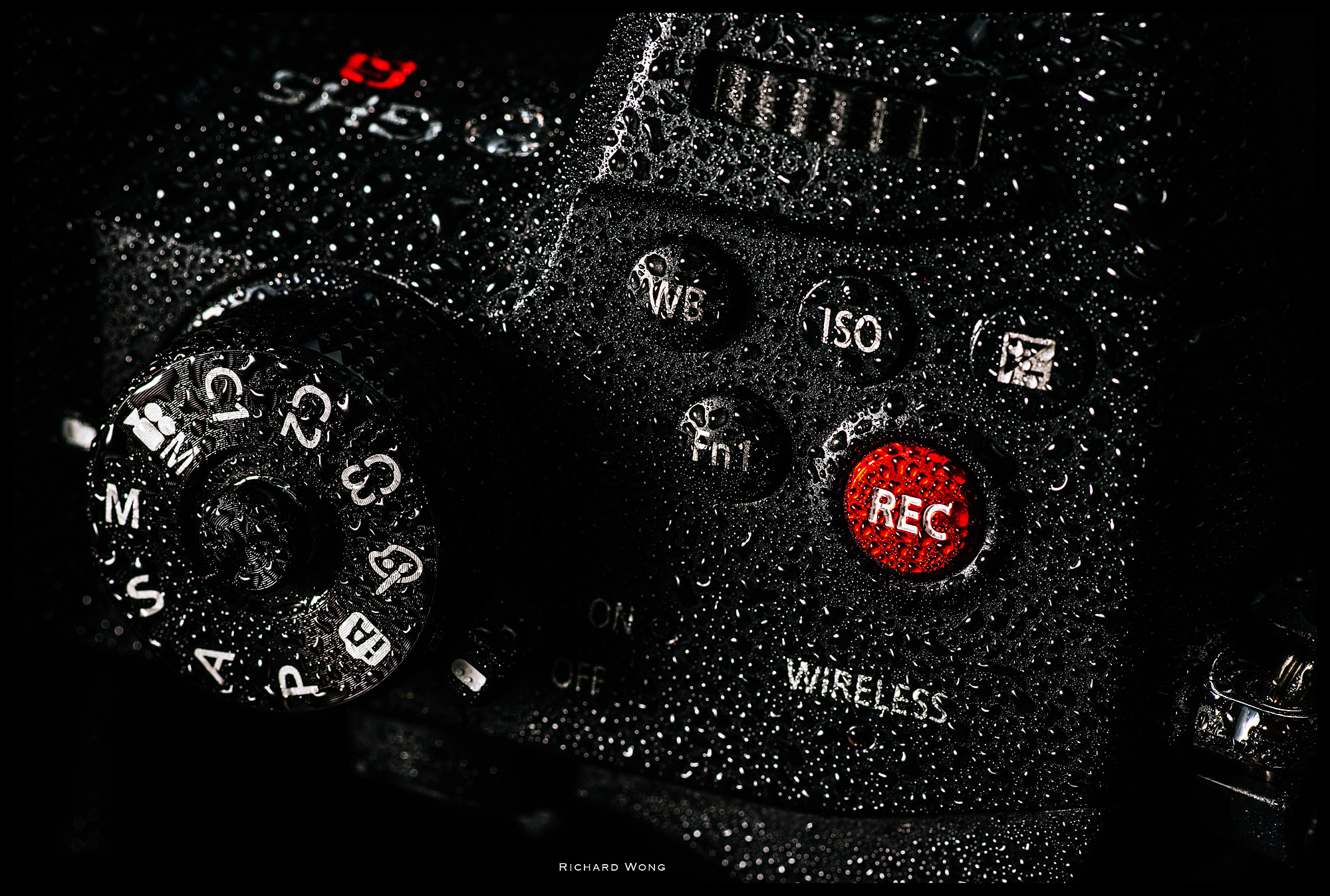
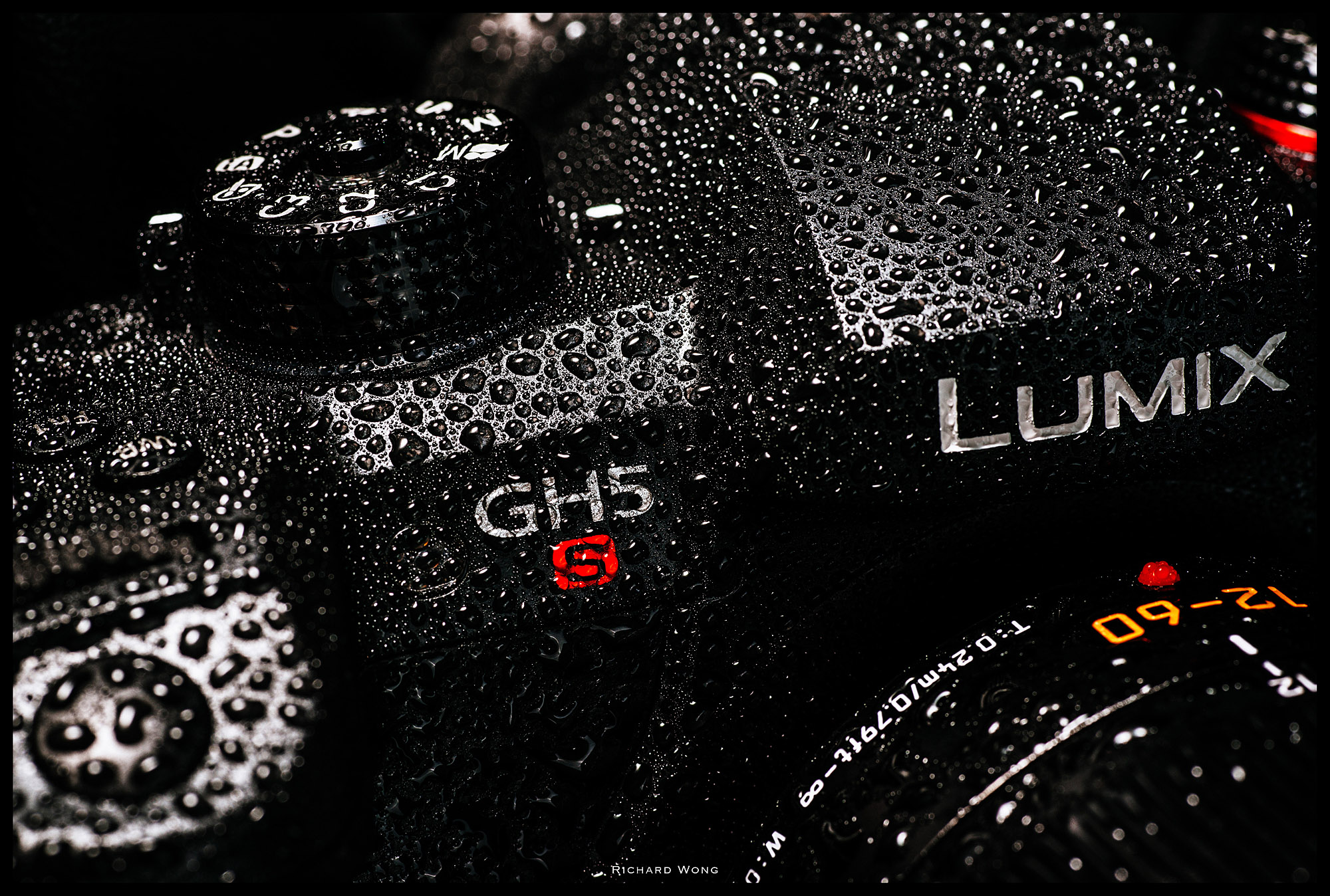
Comments are closed.